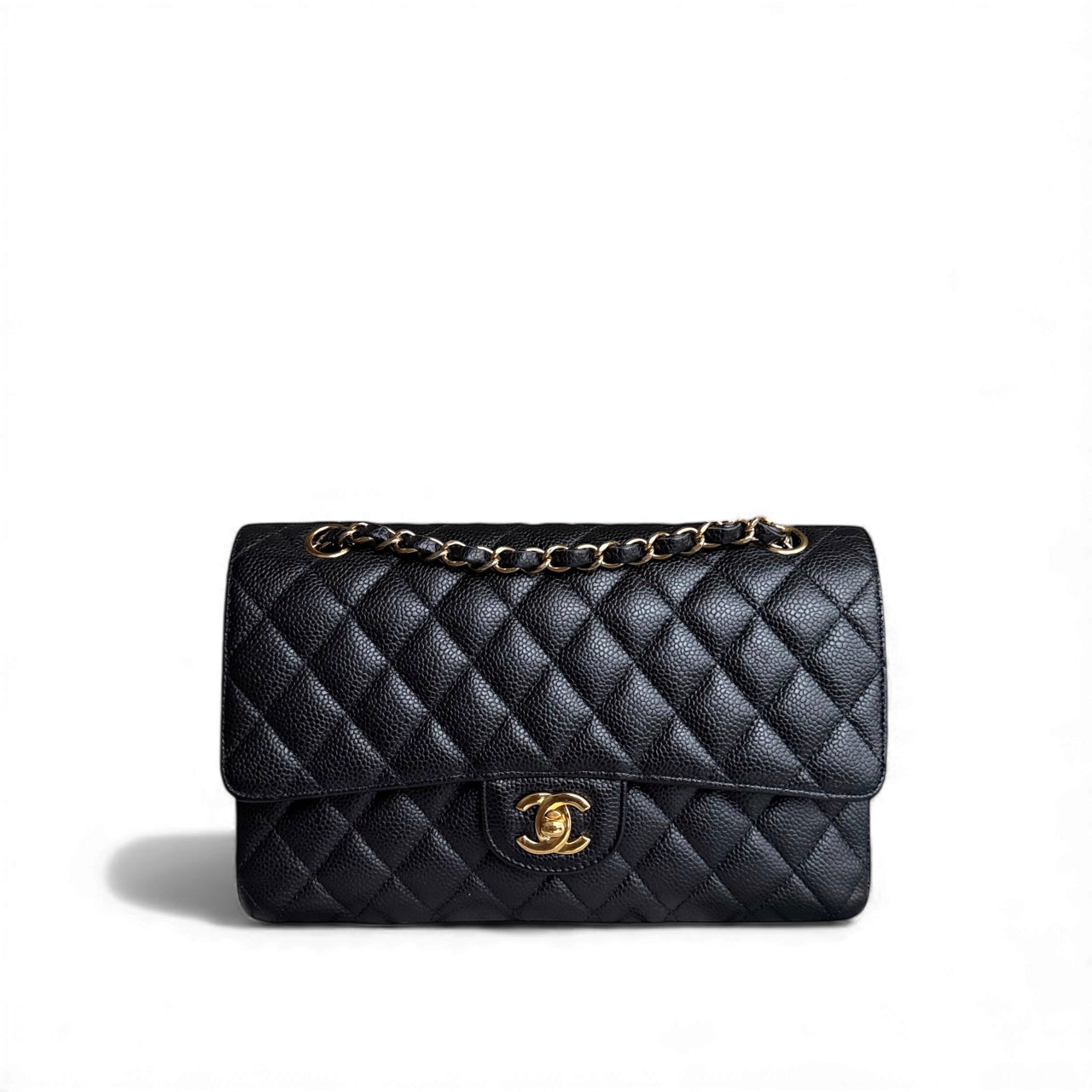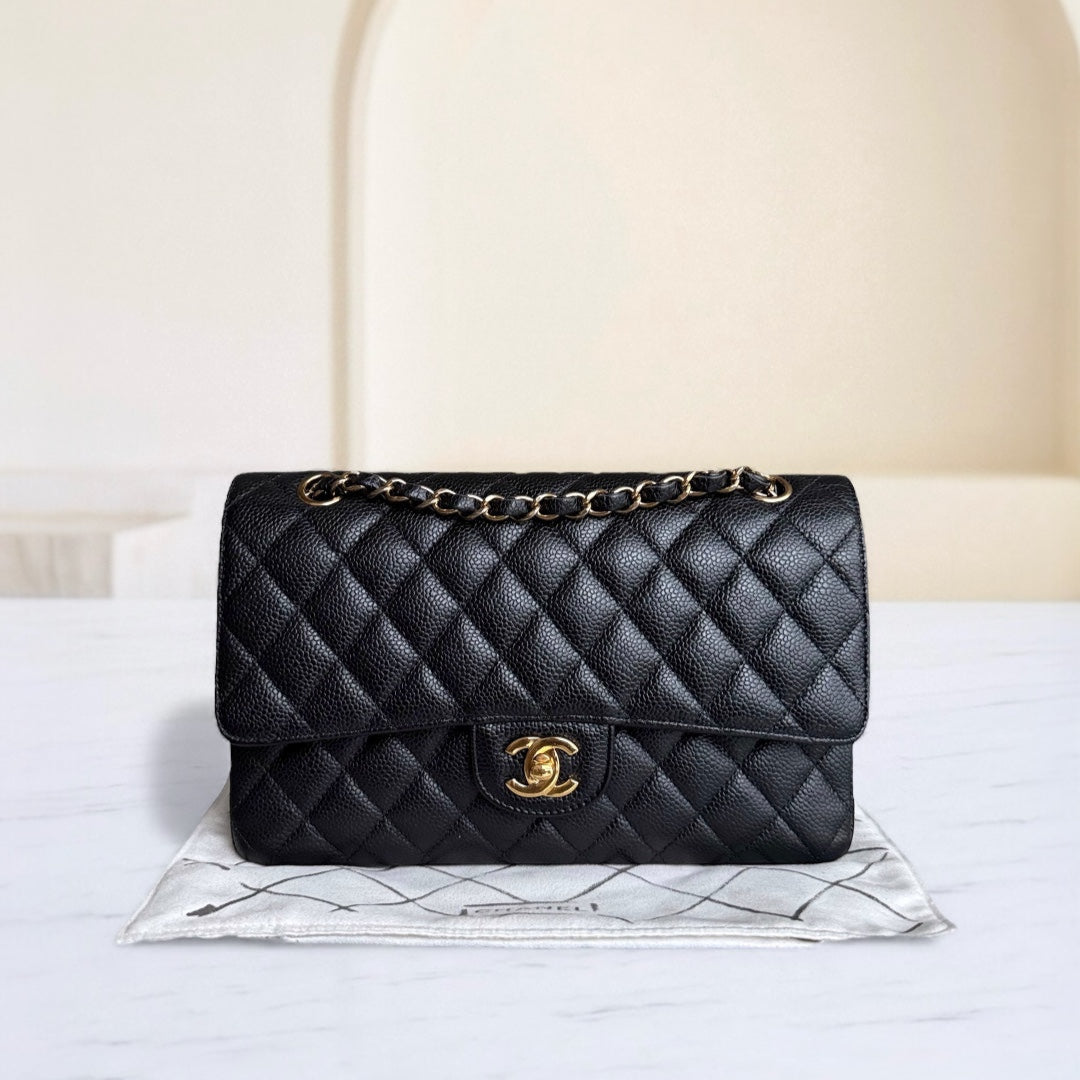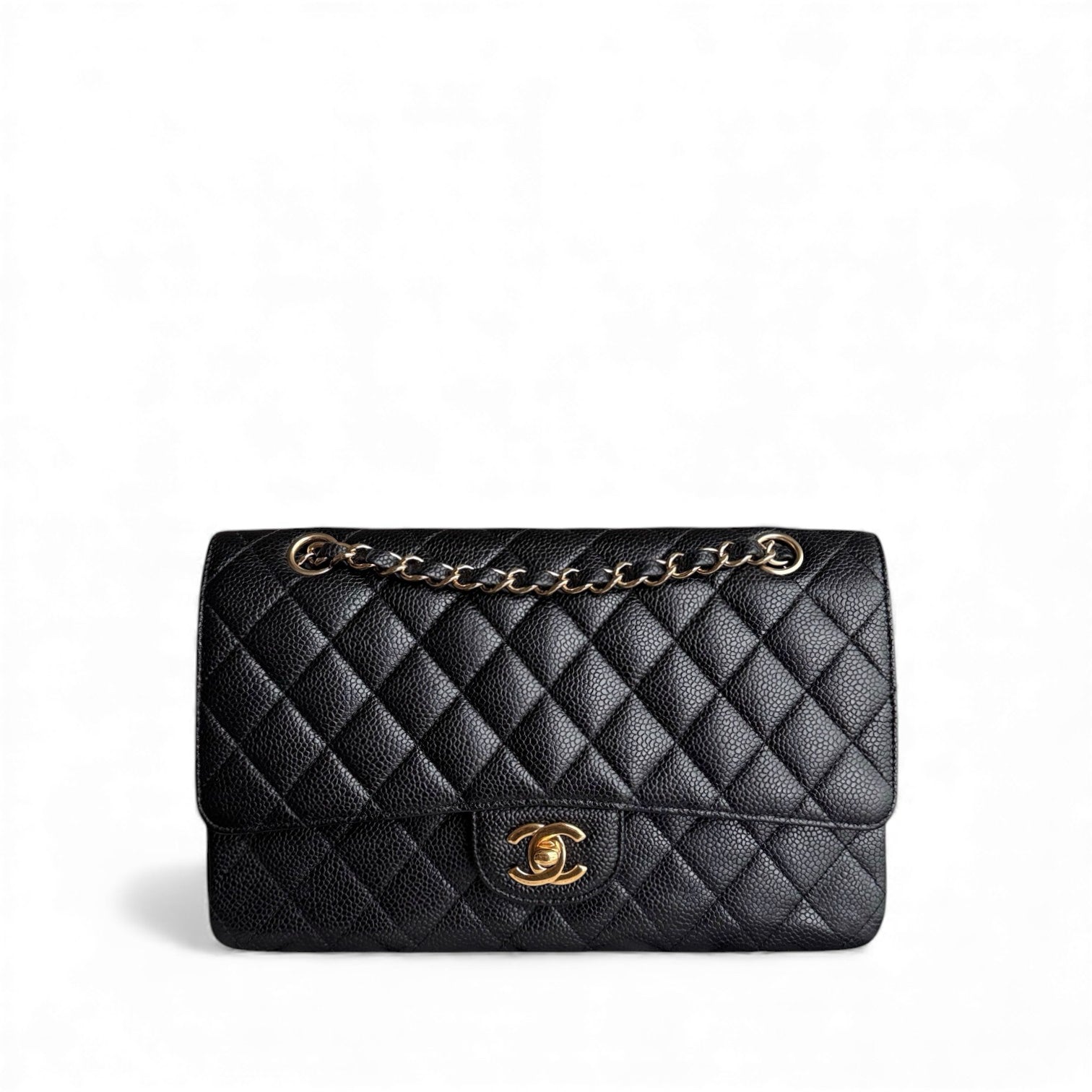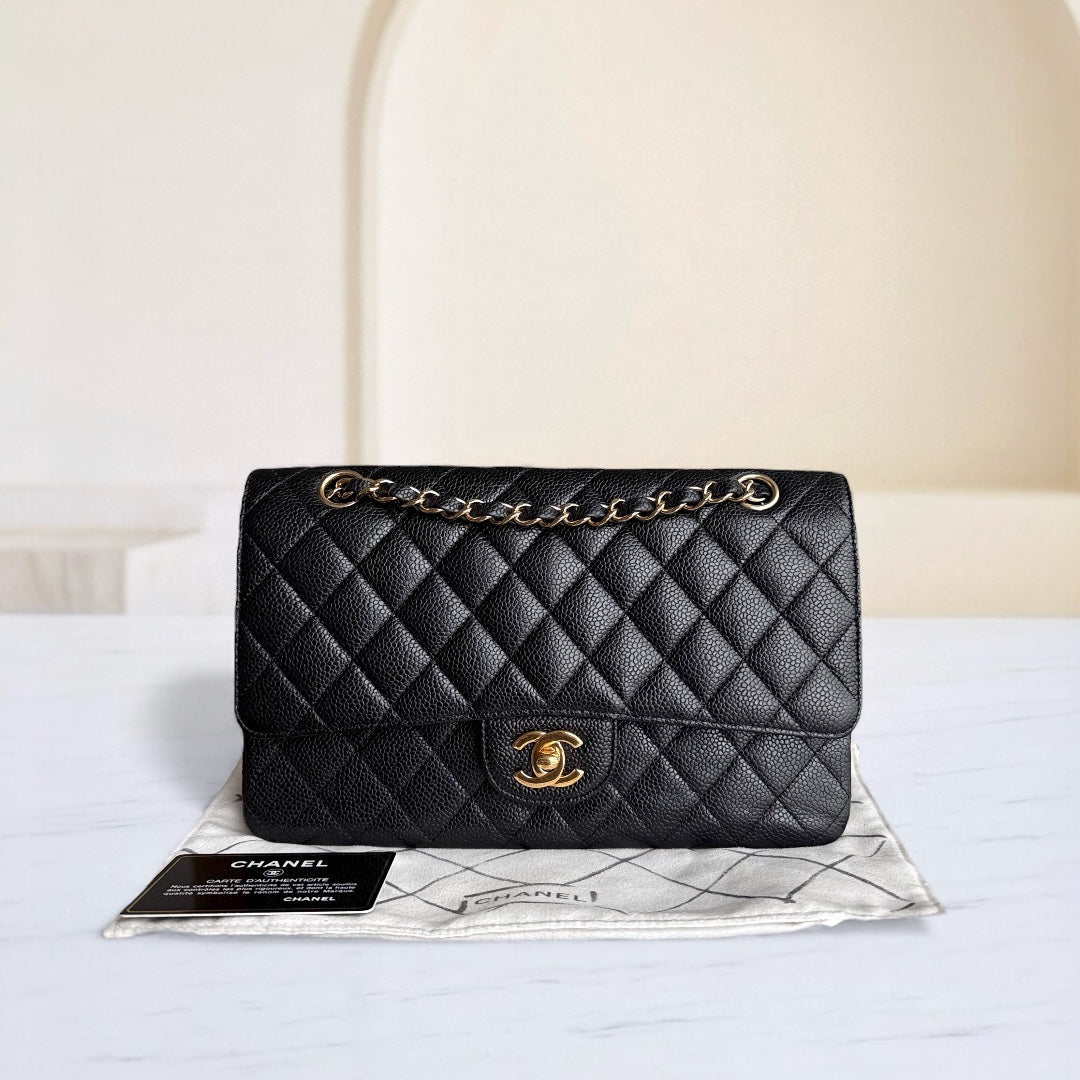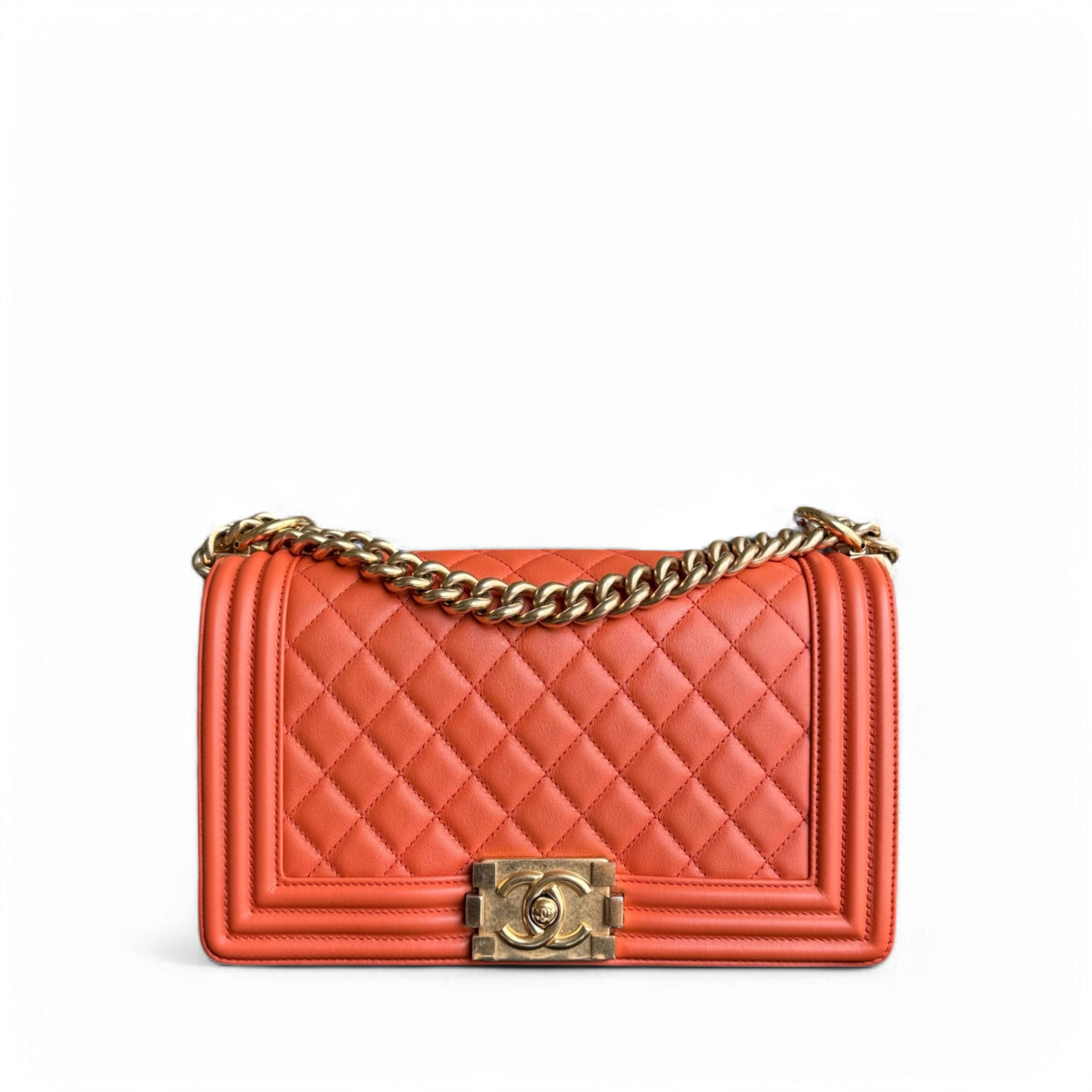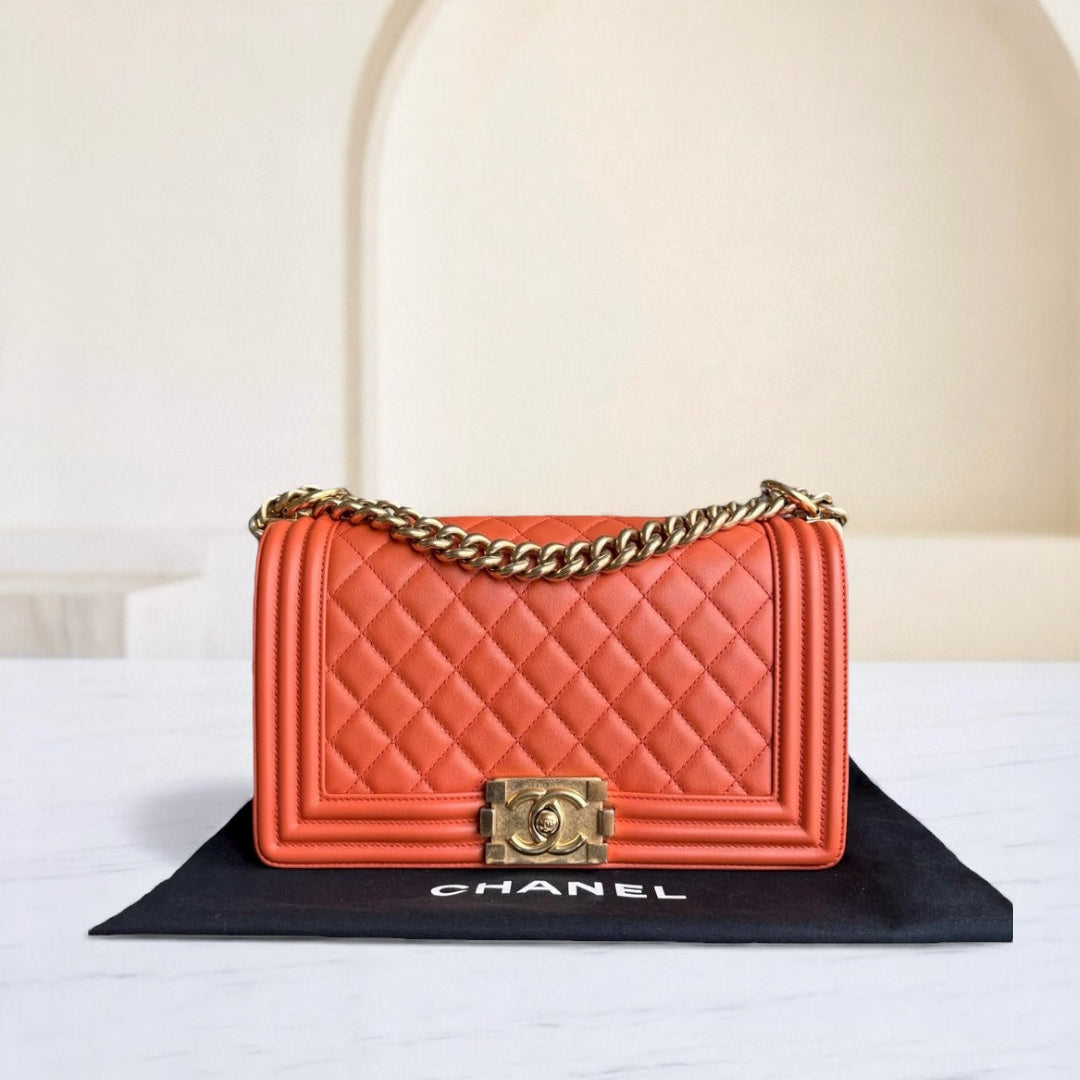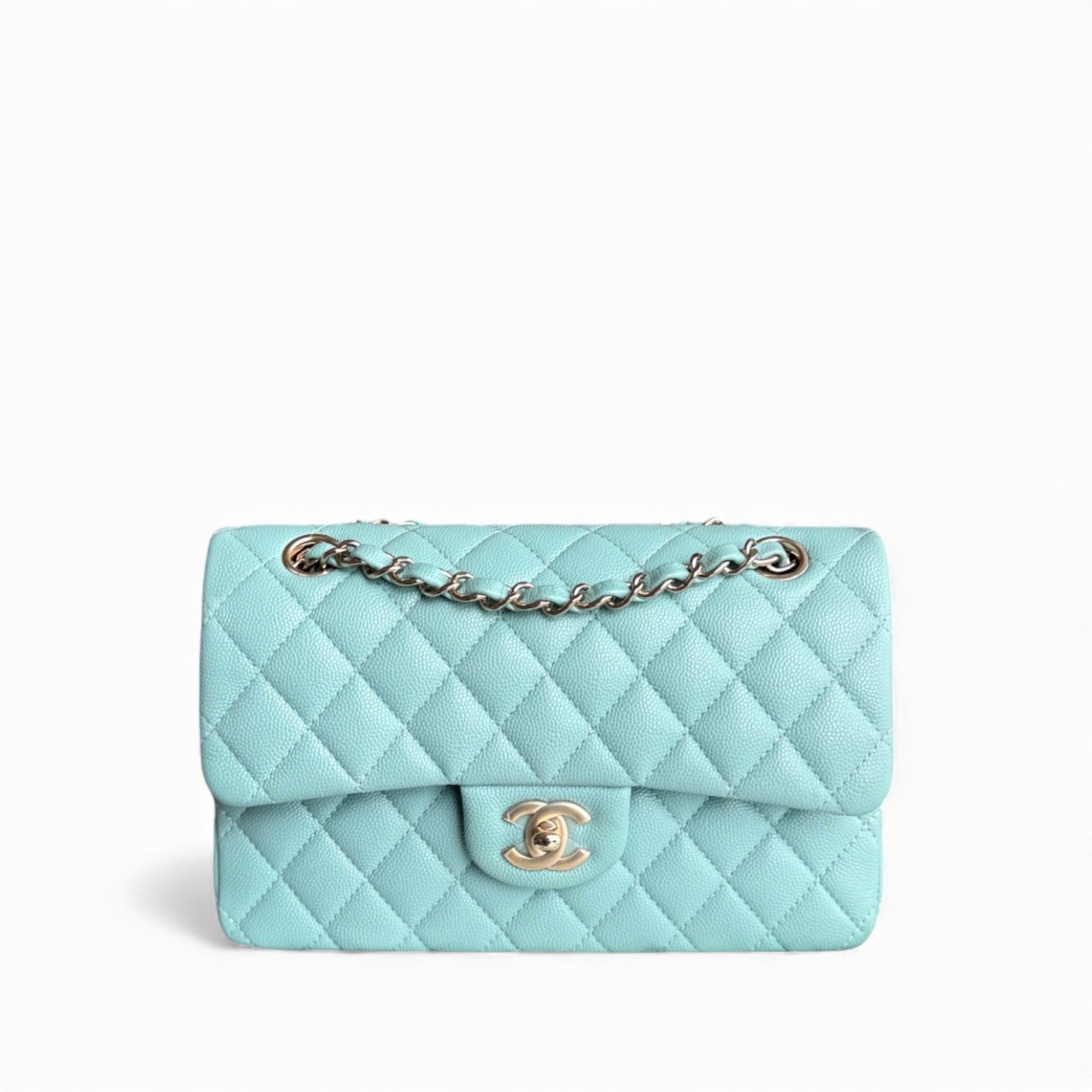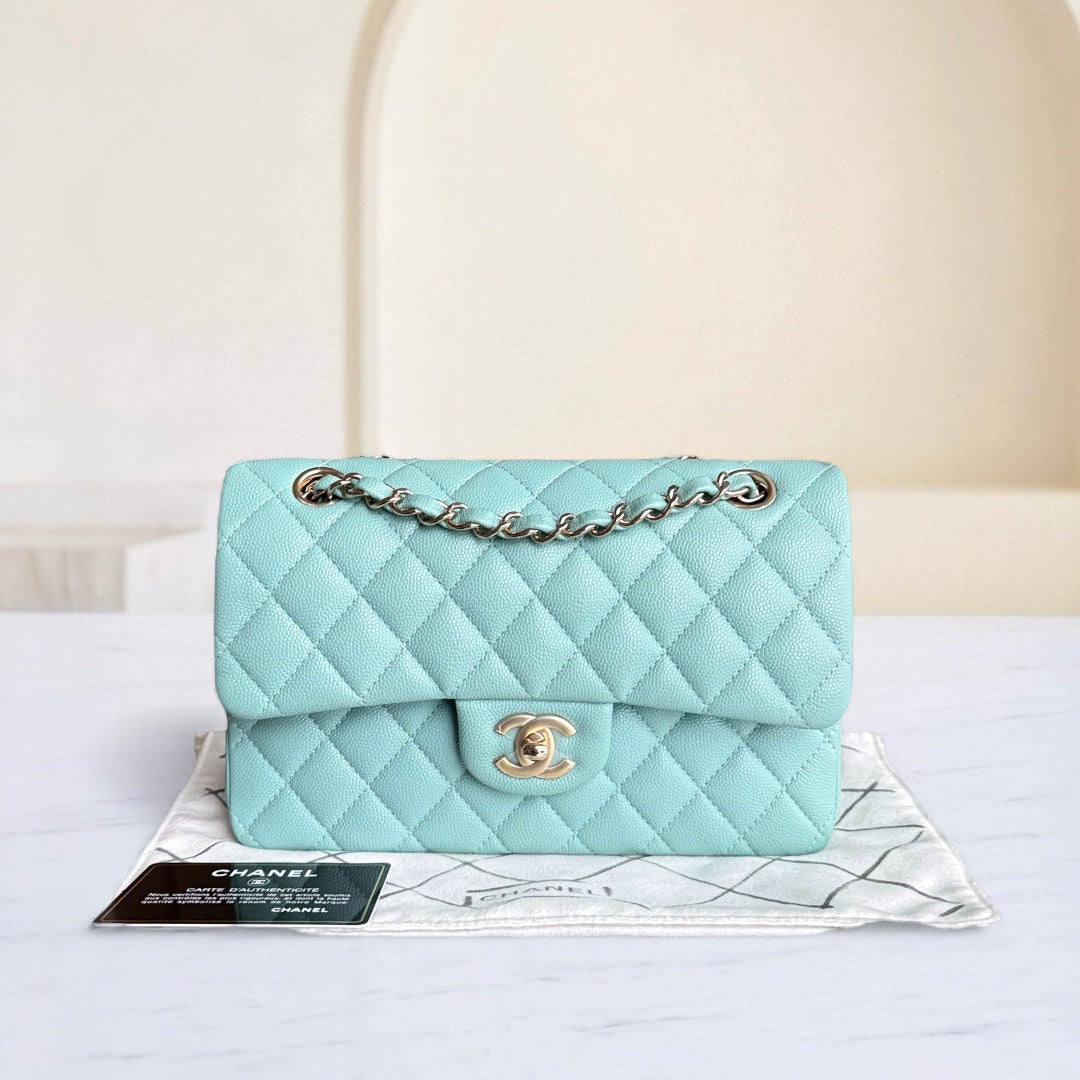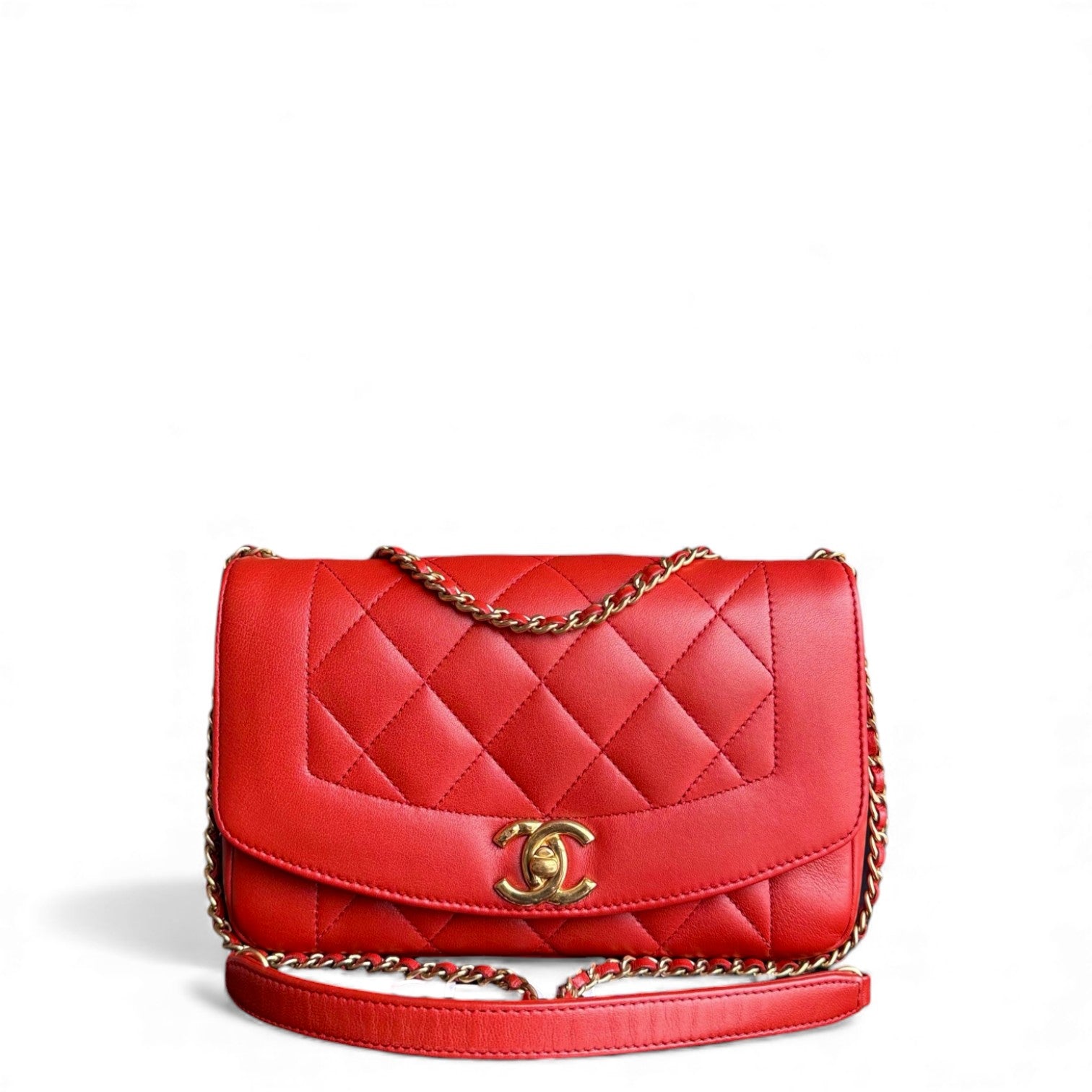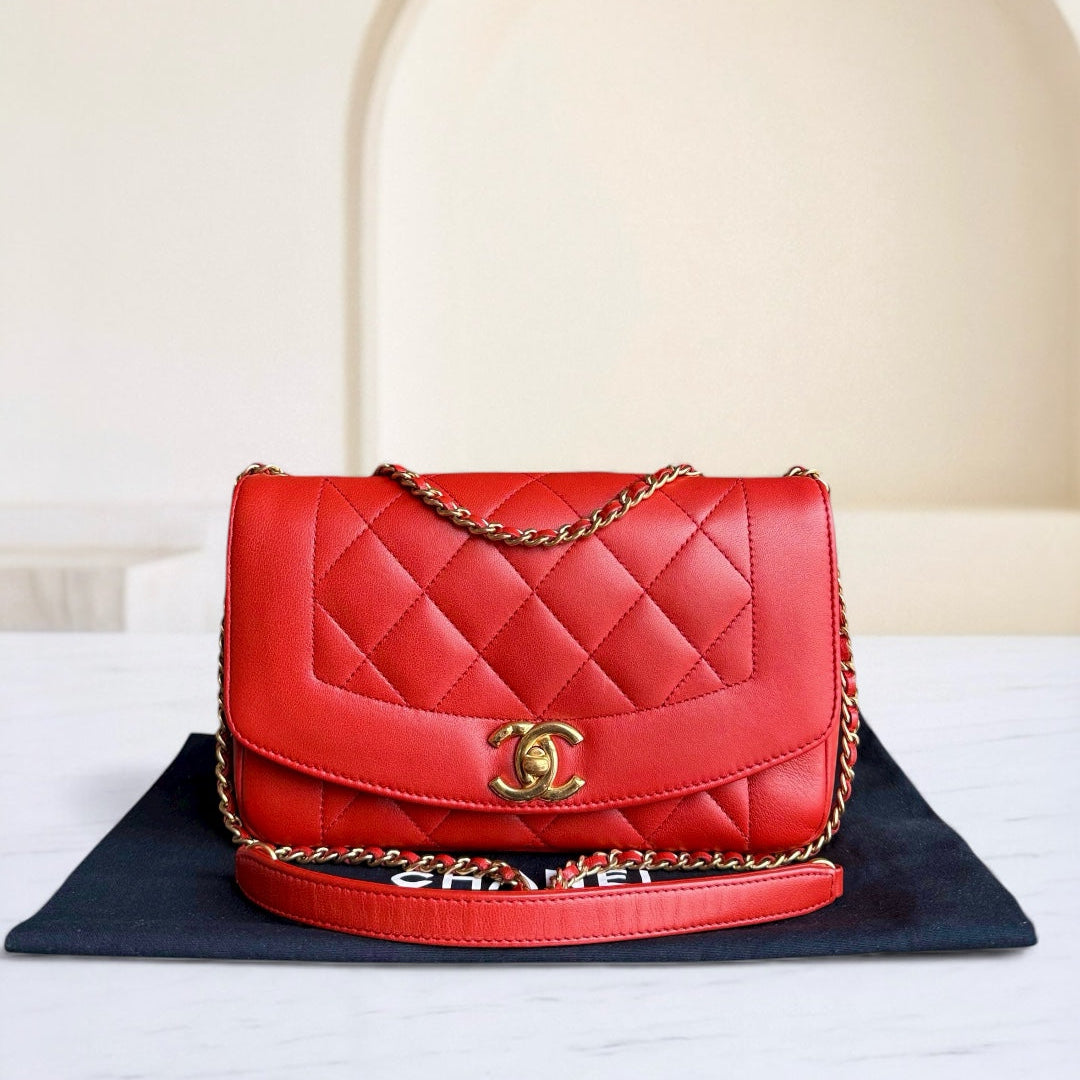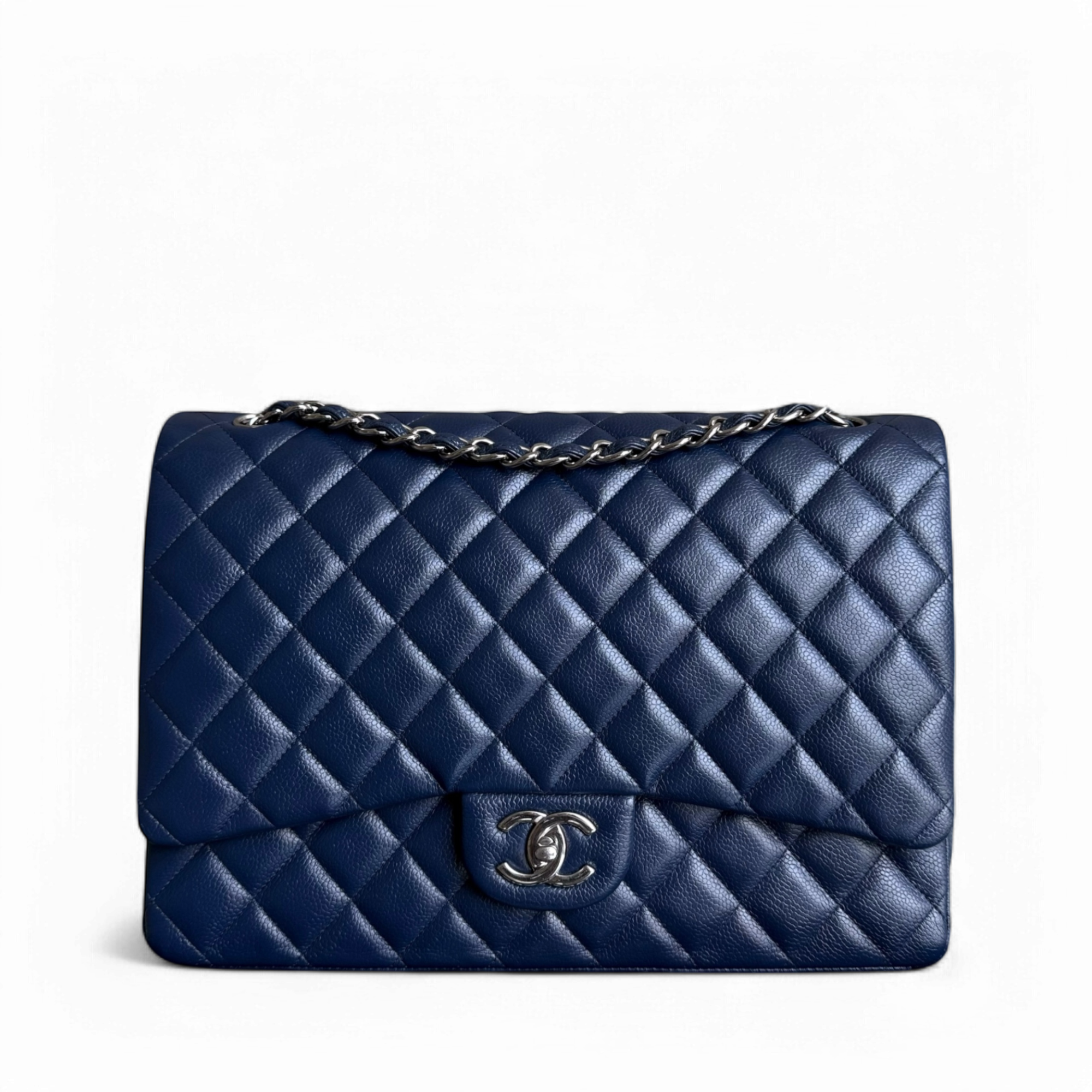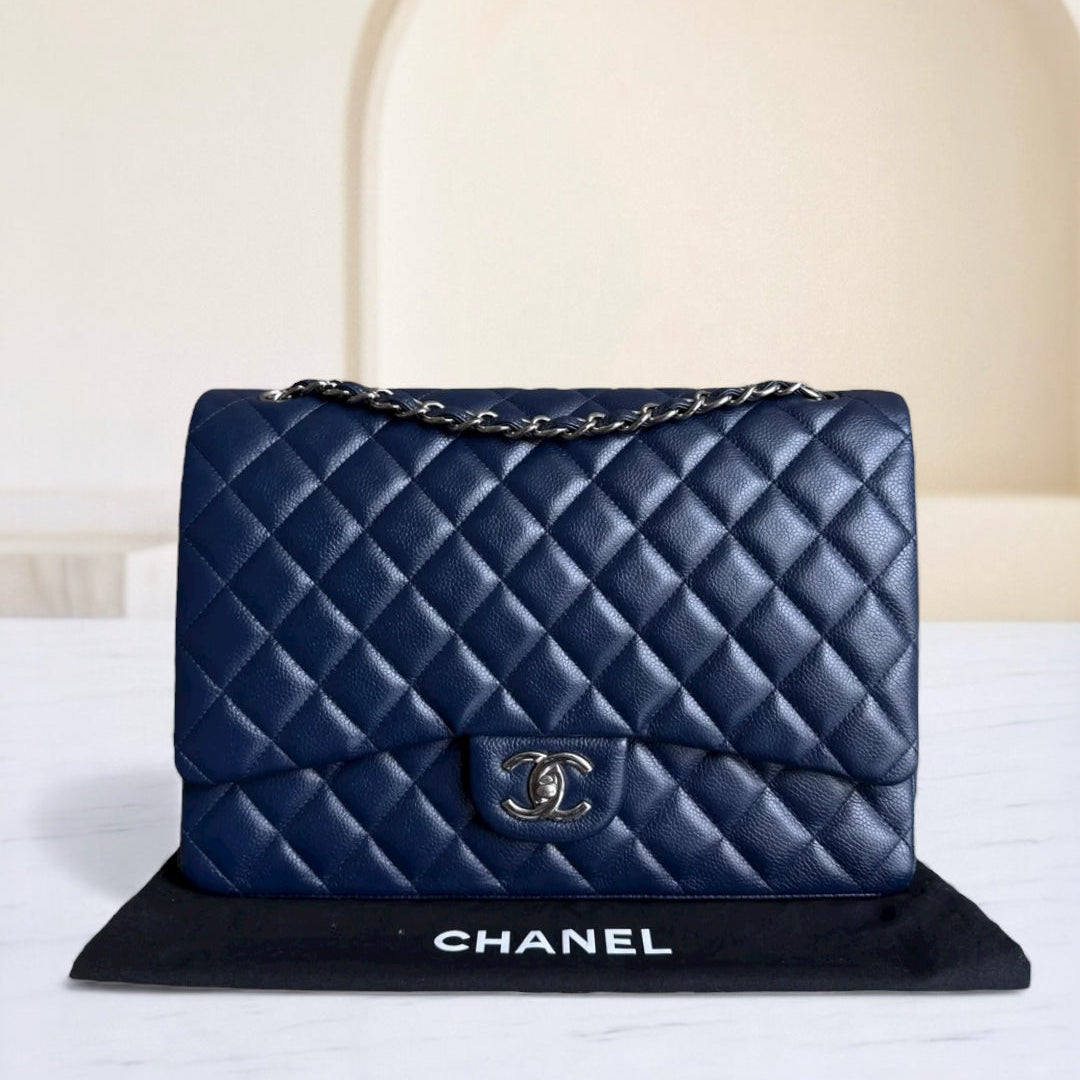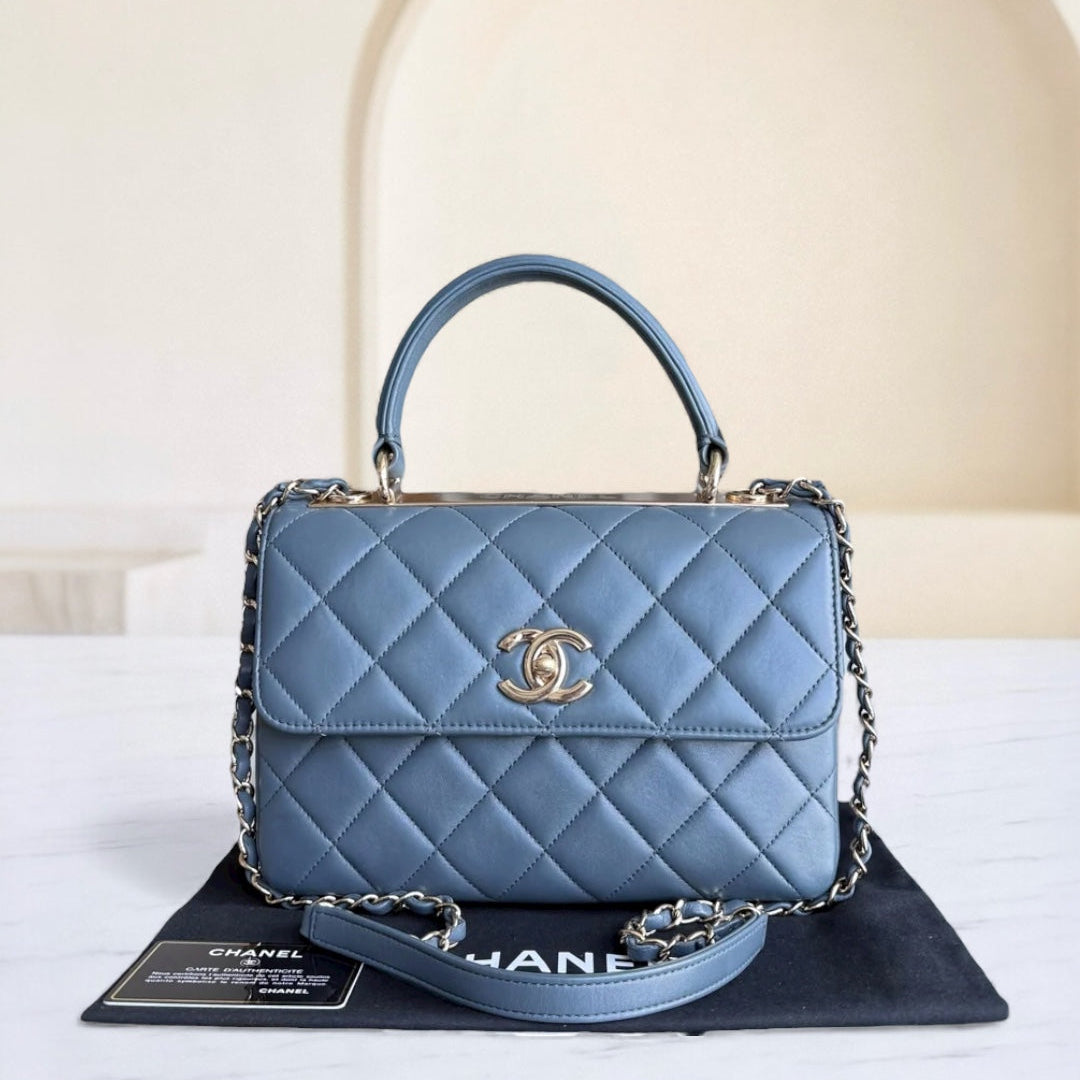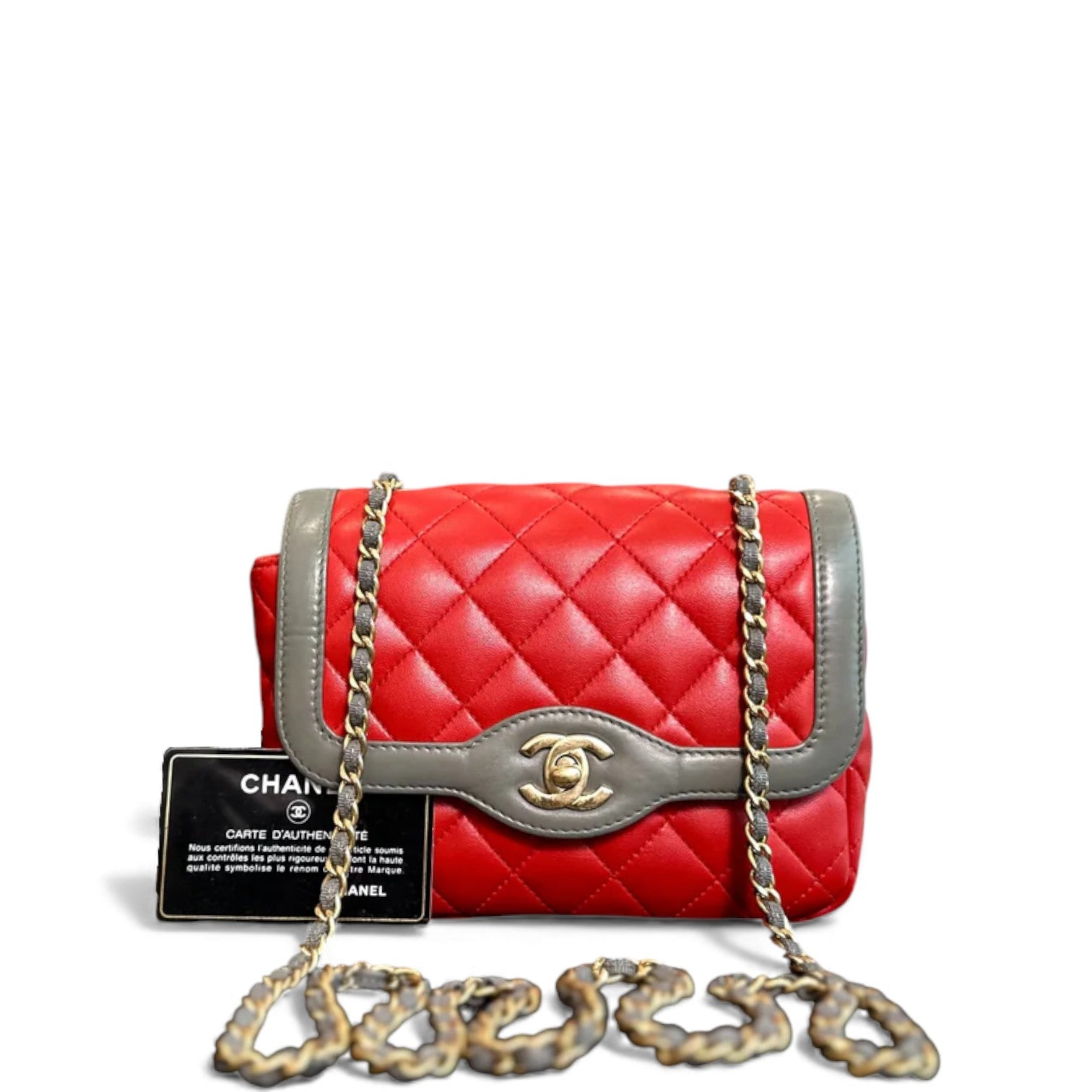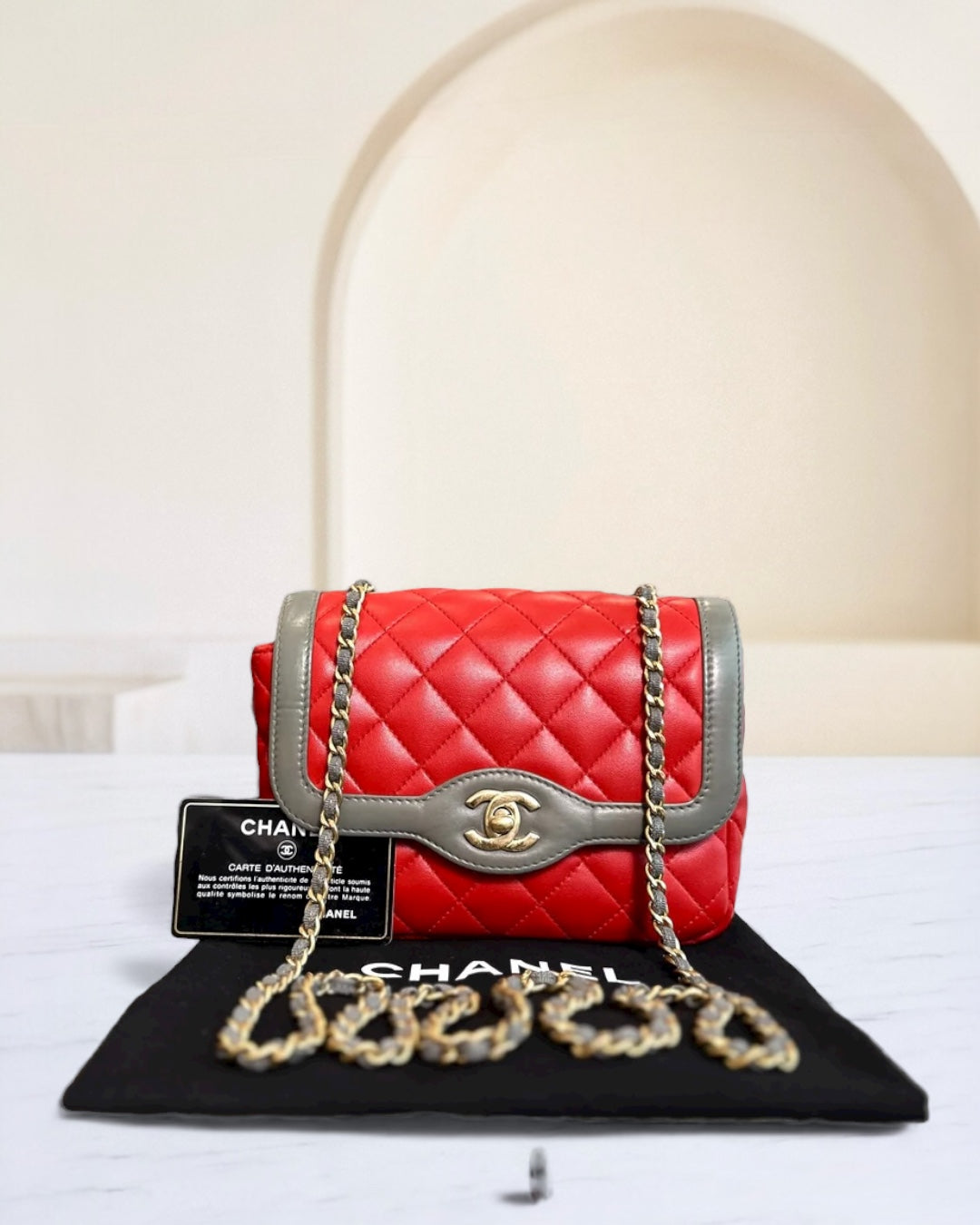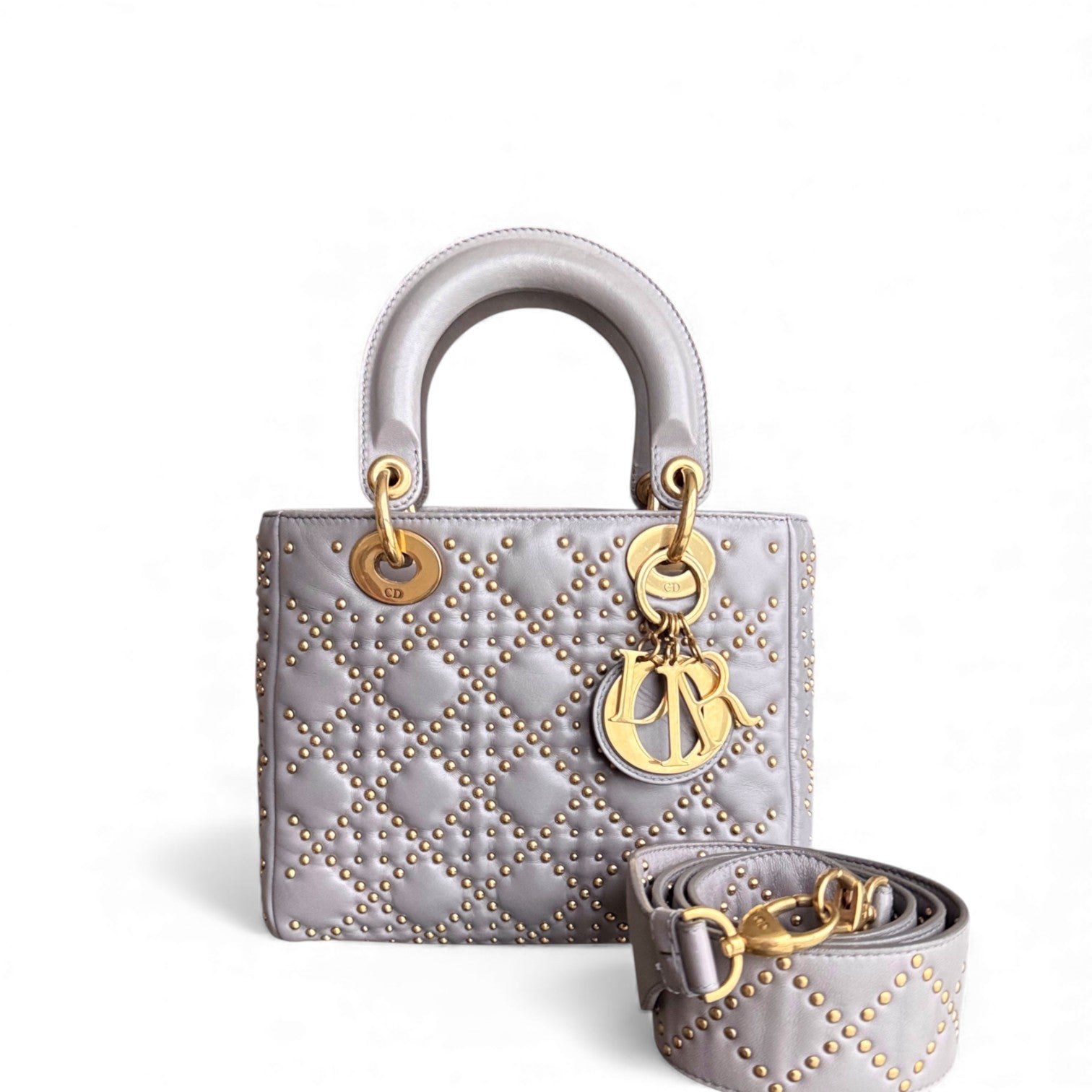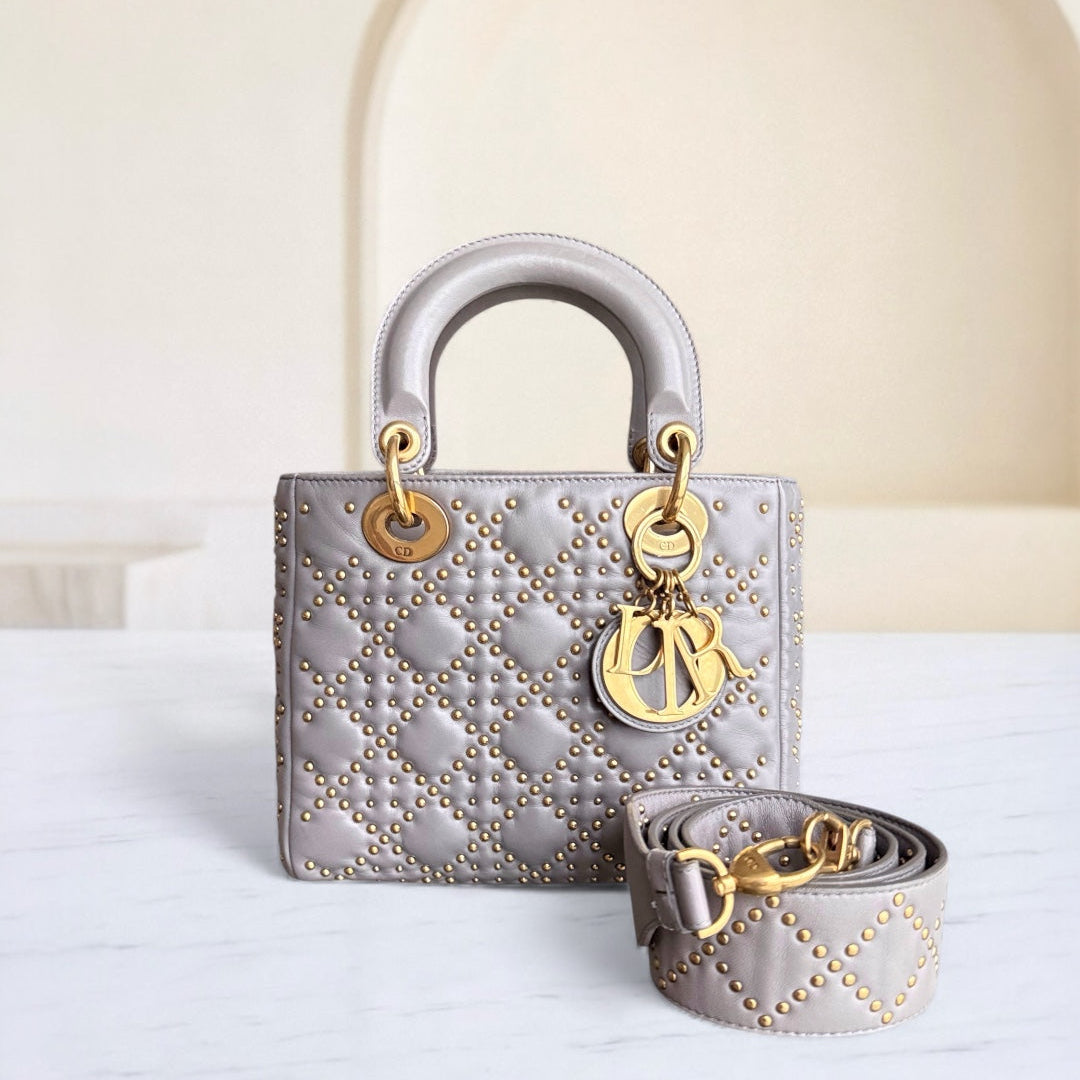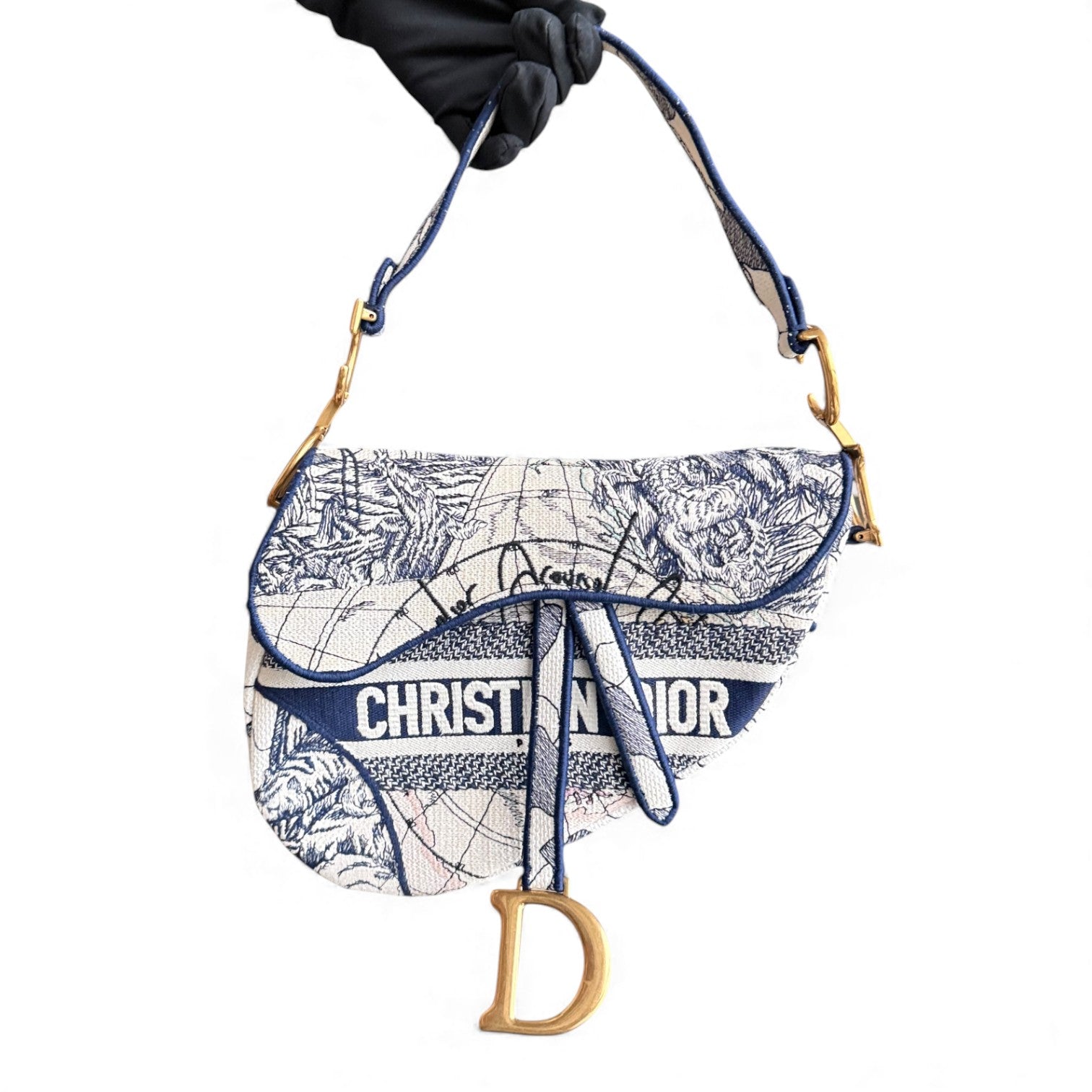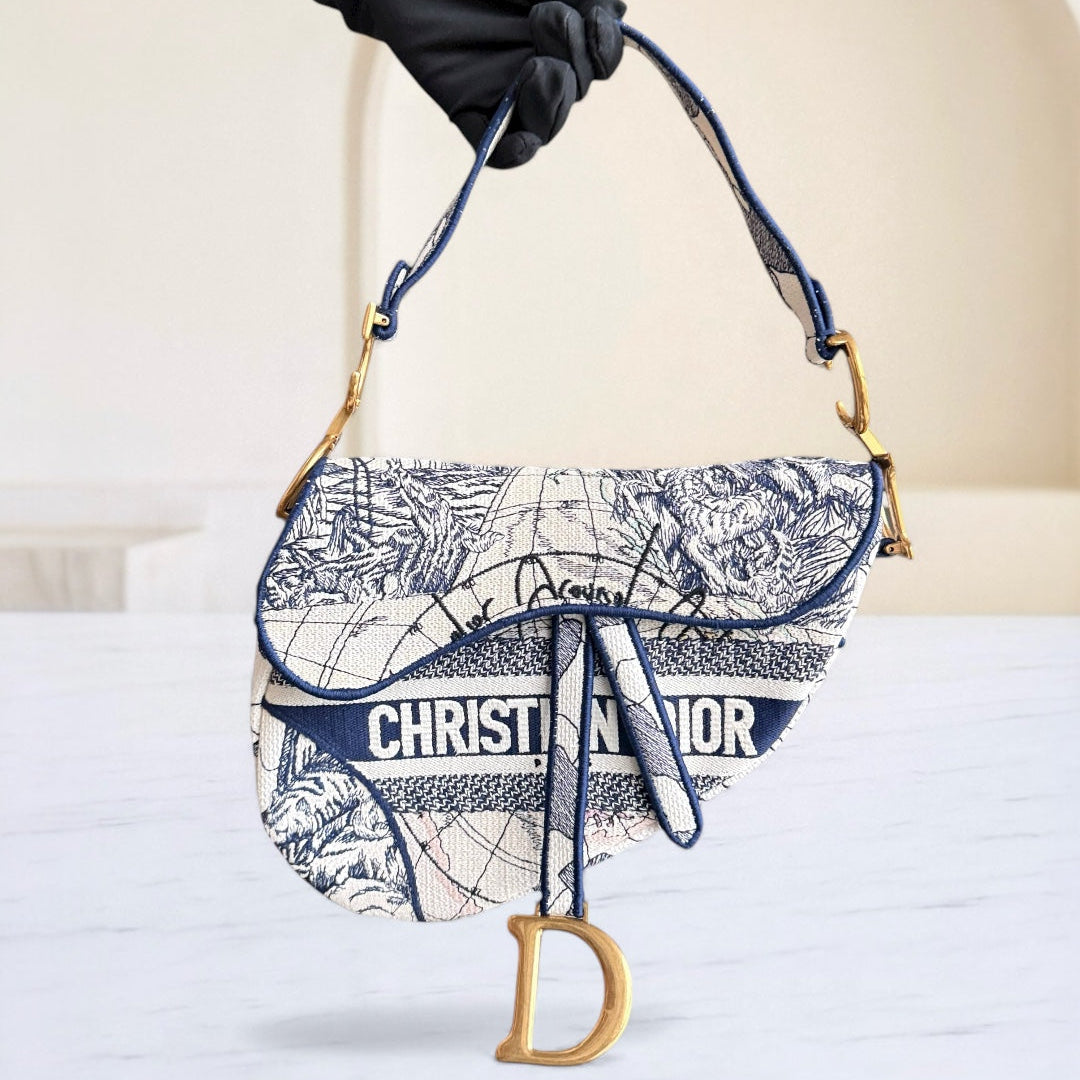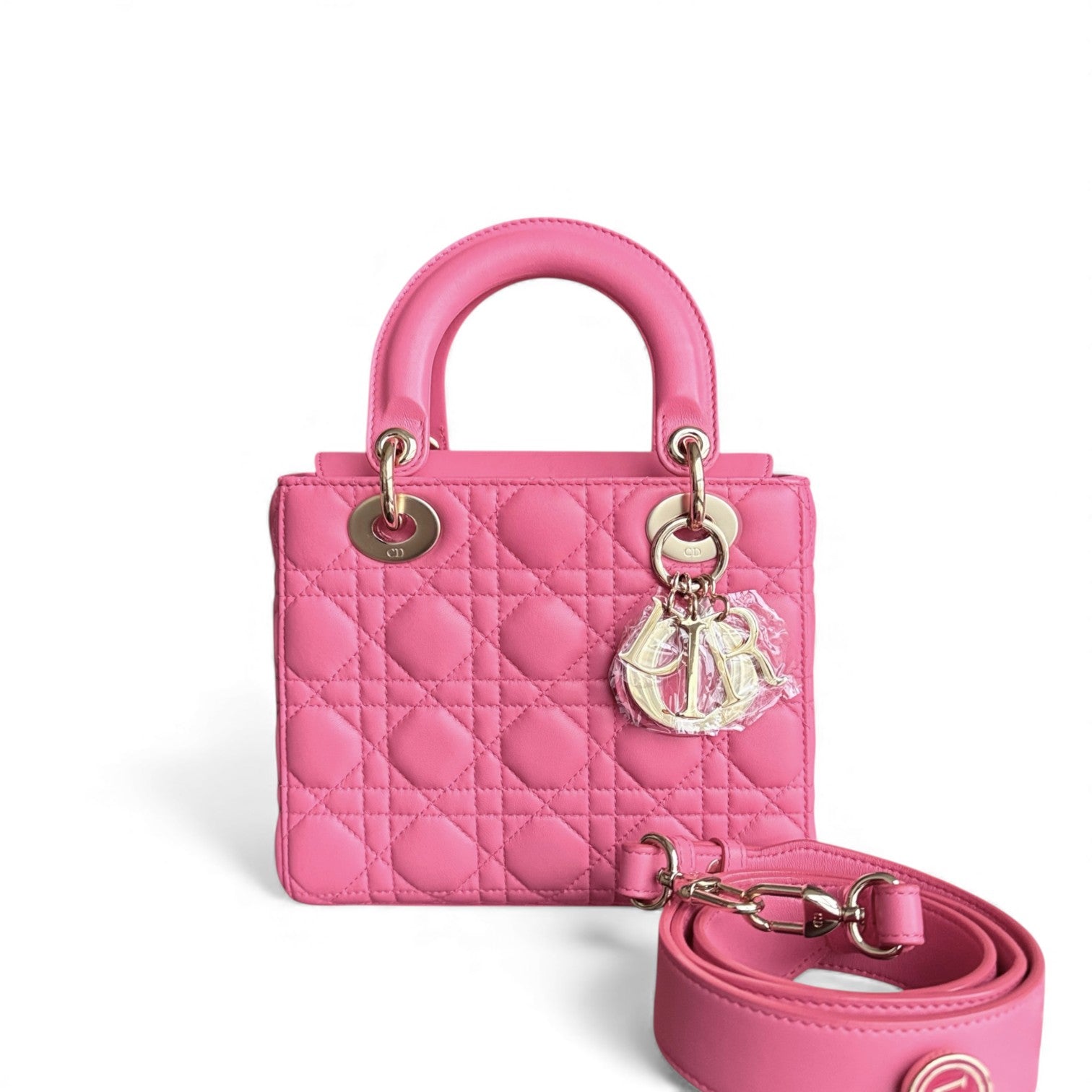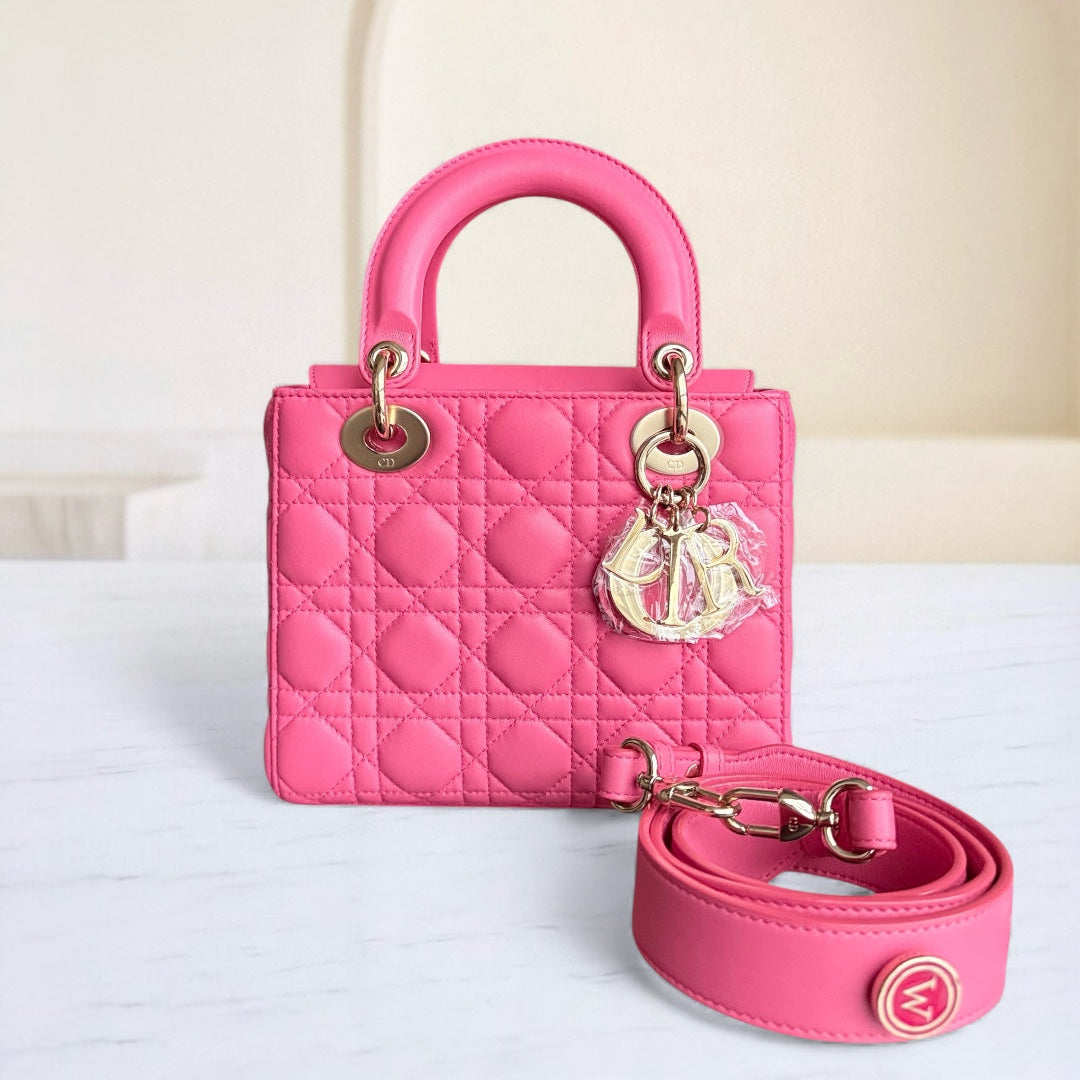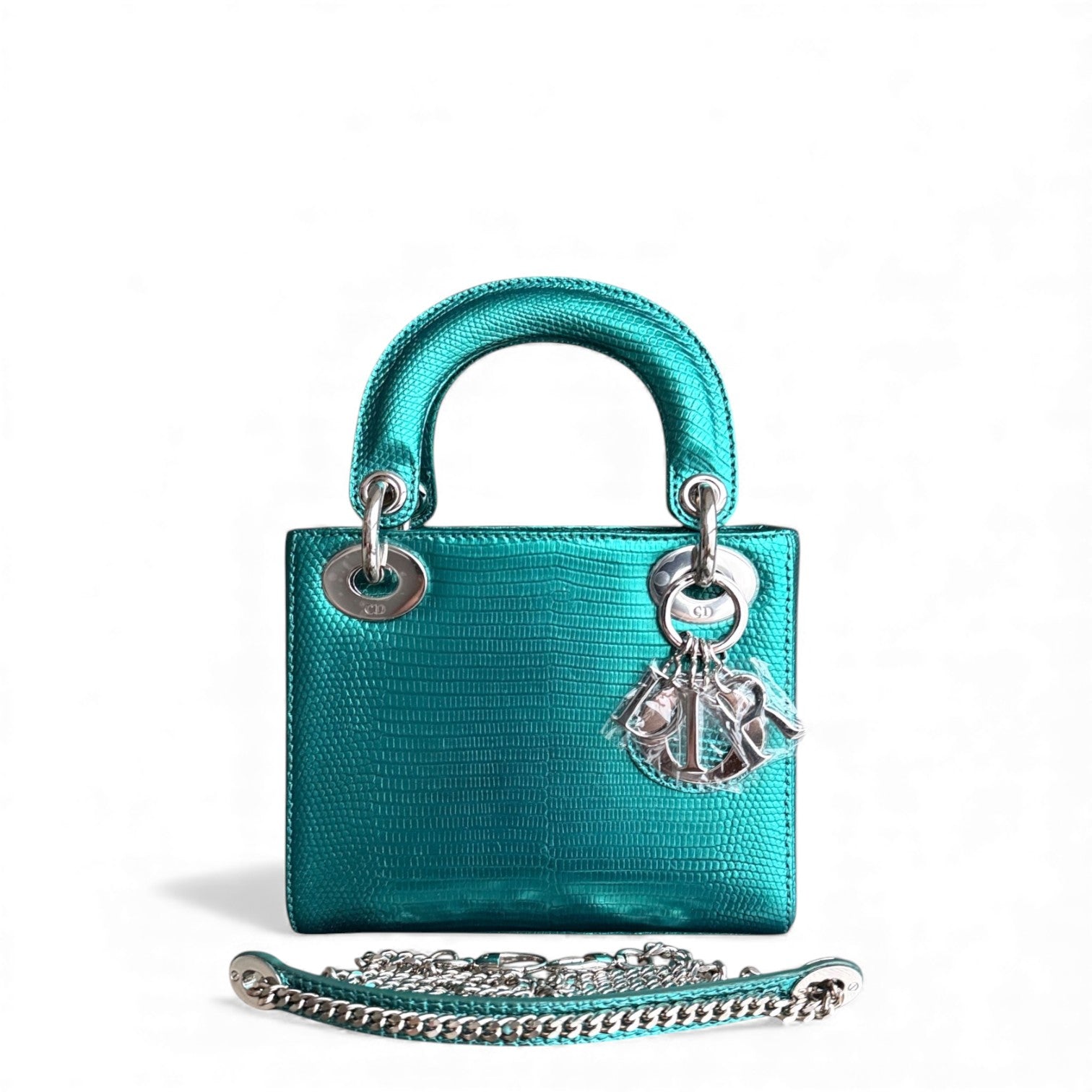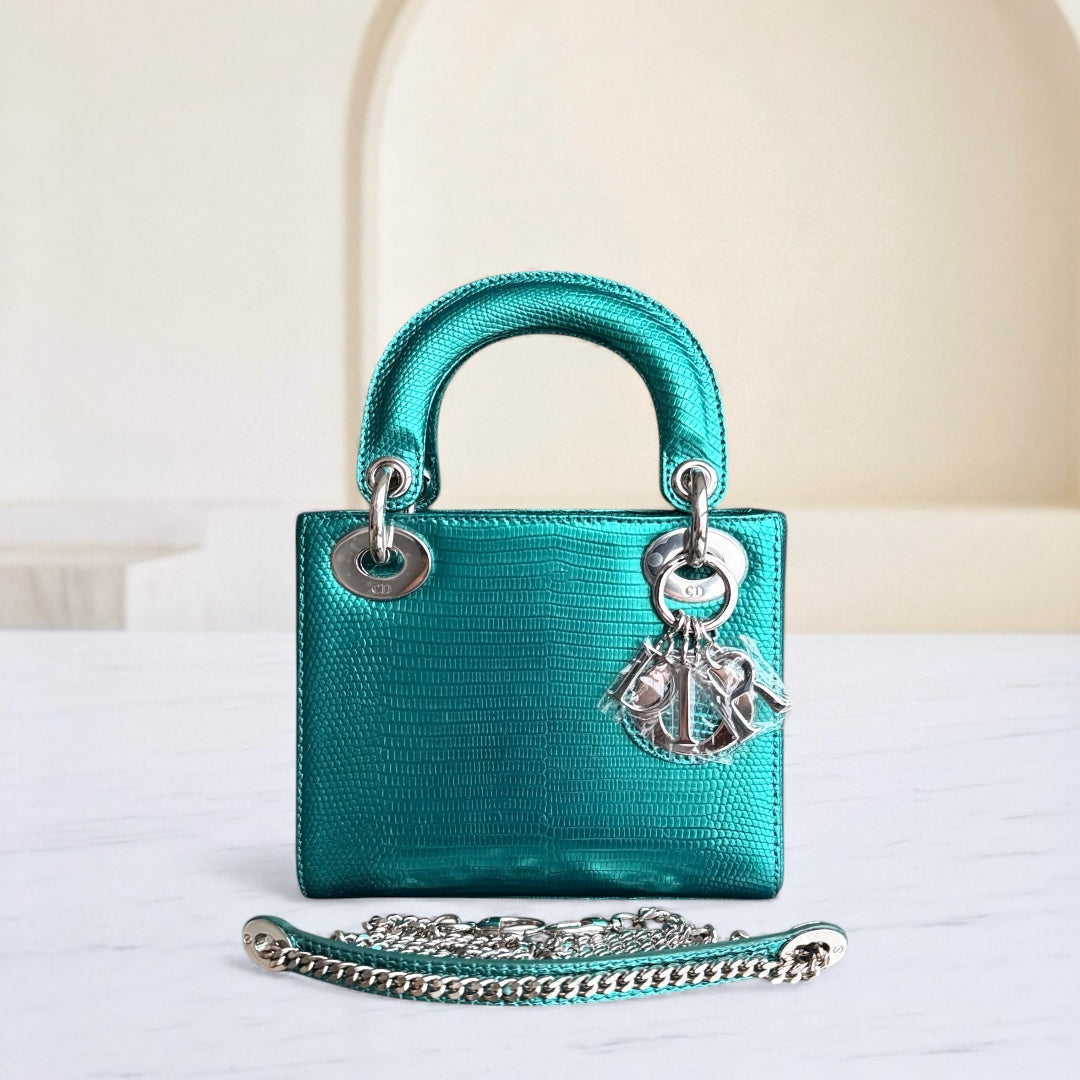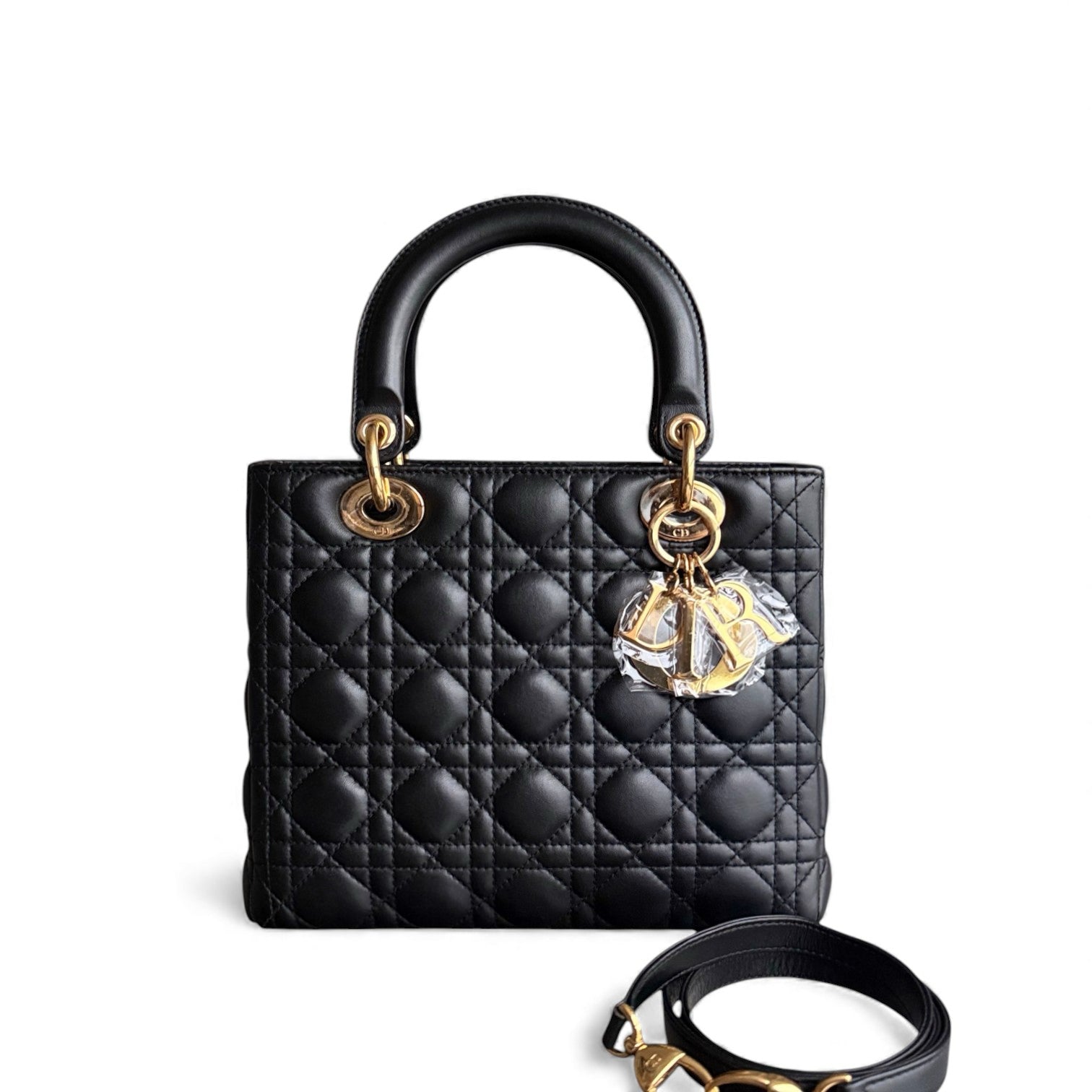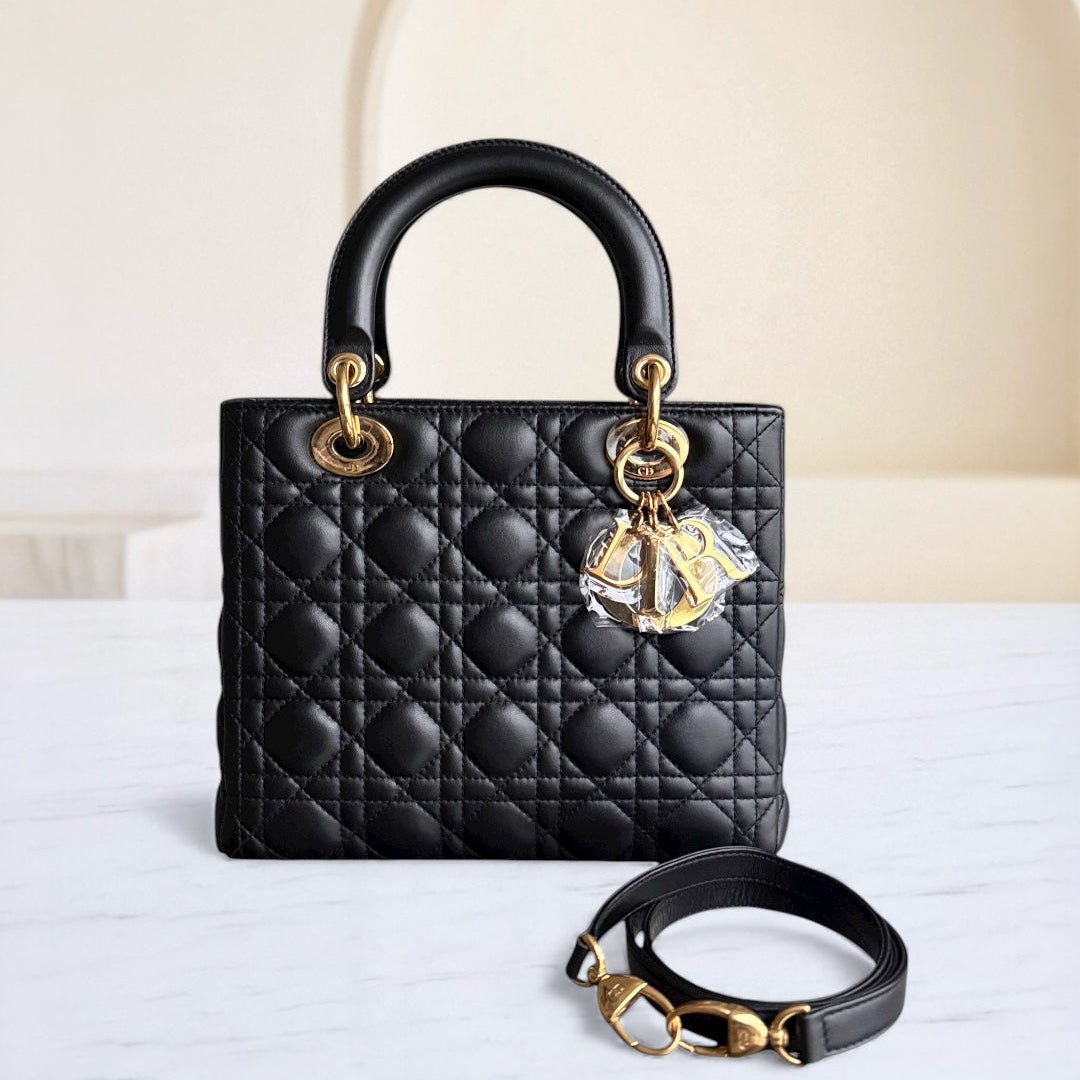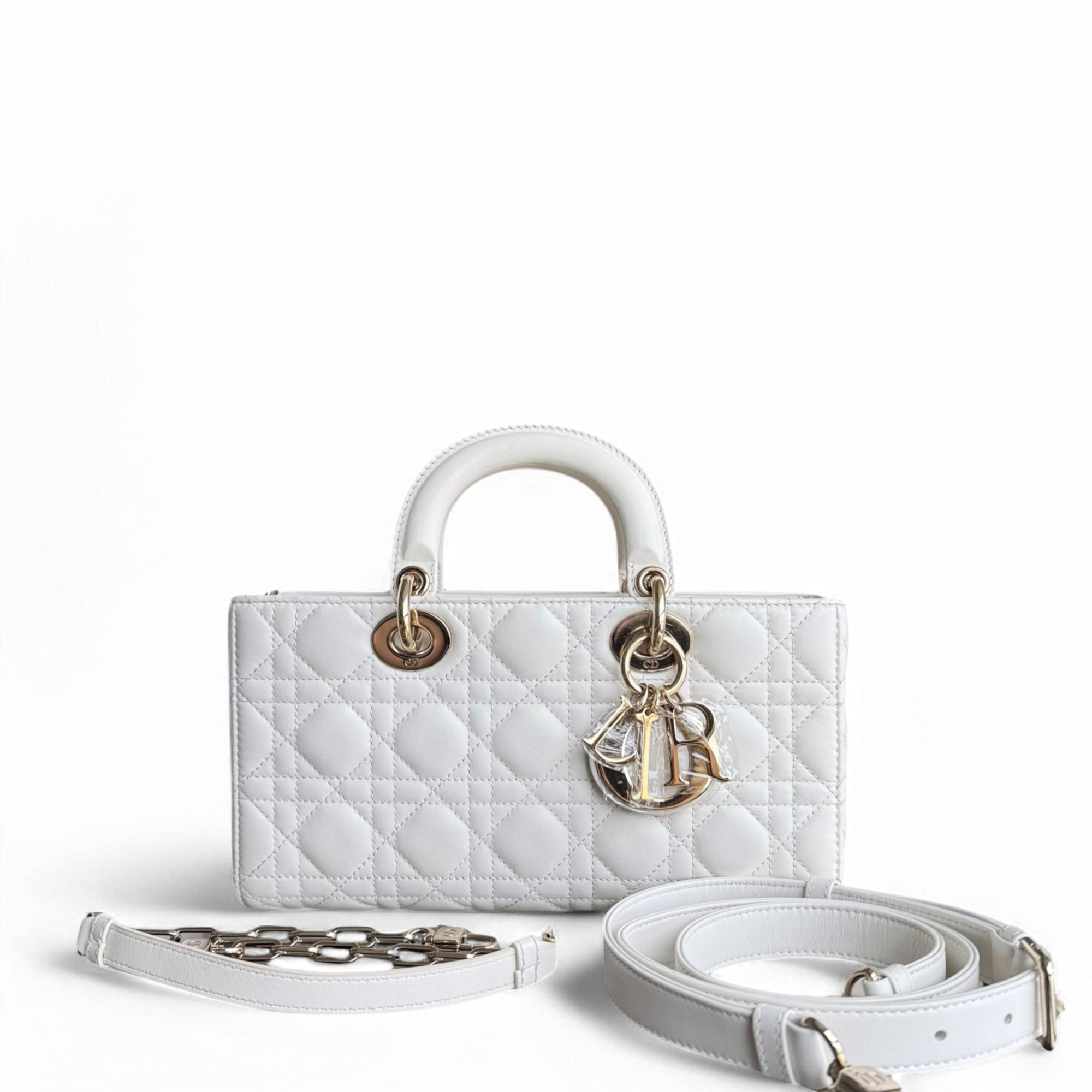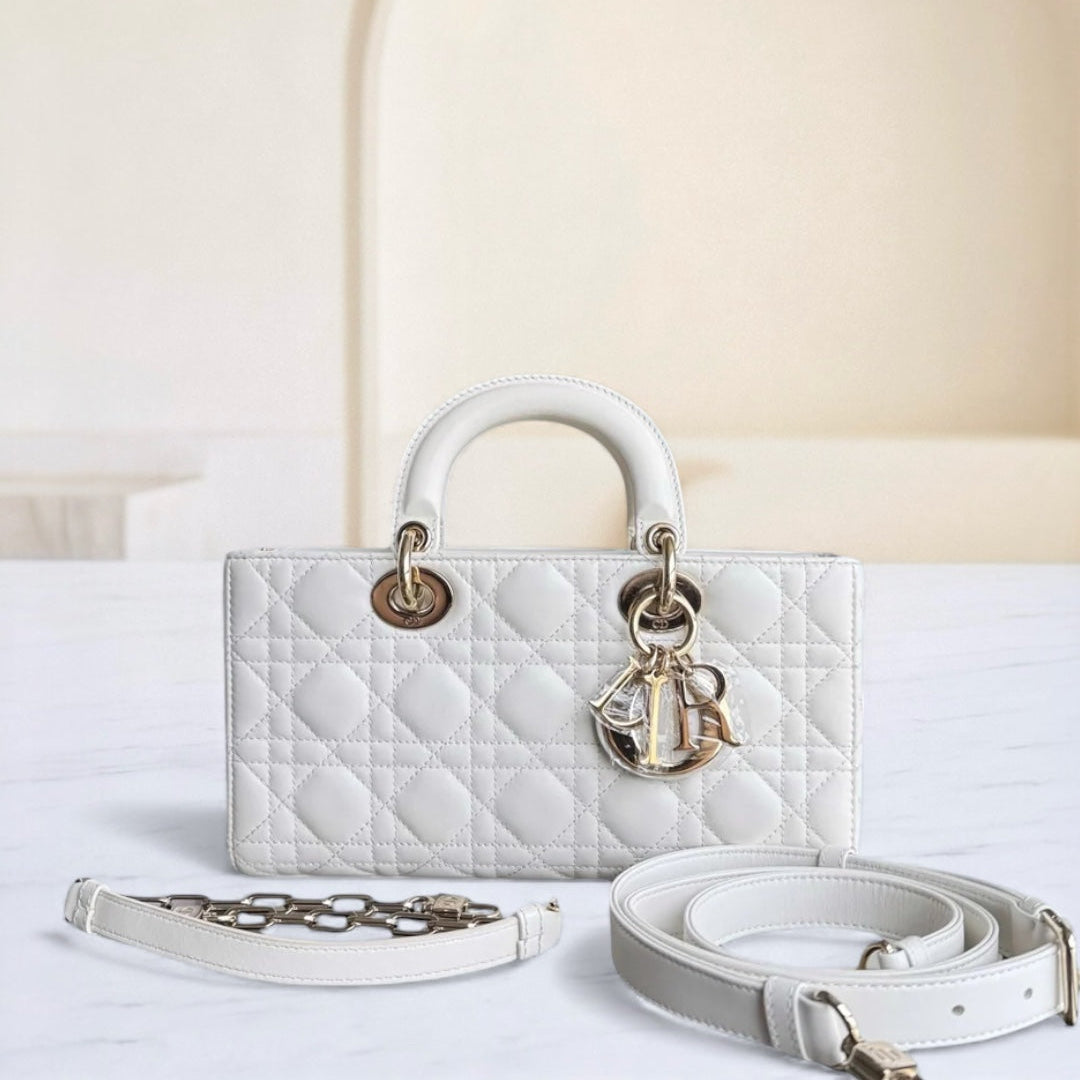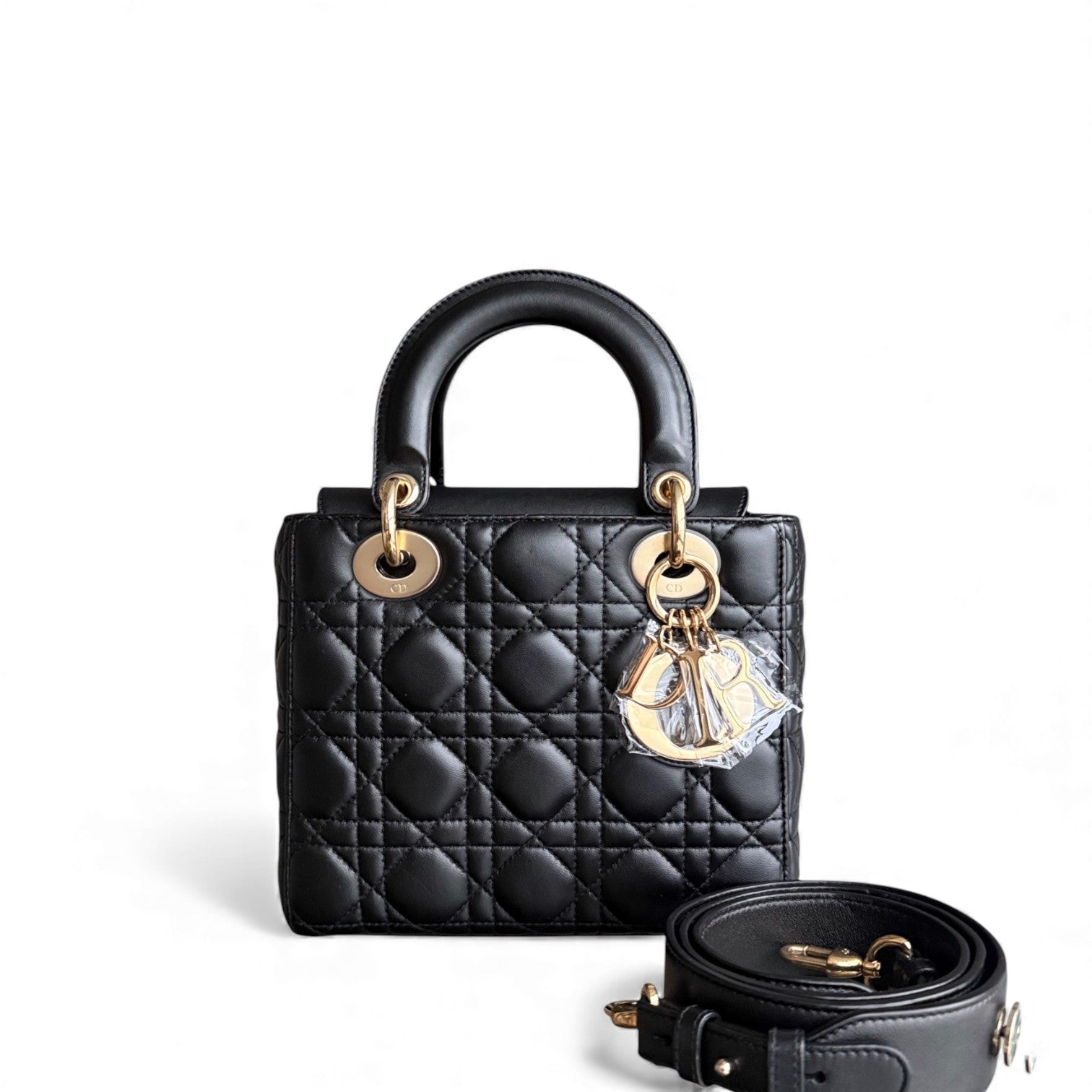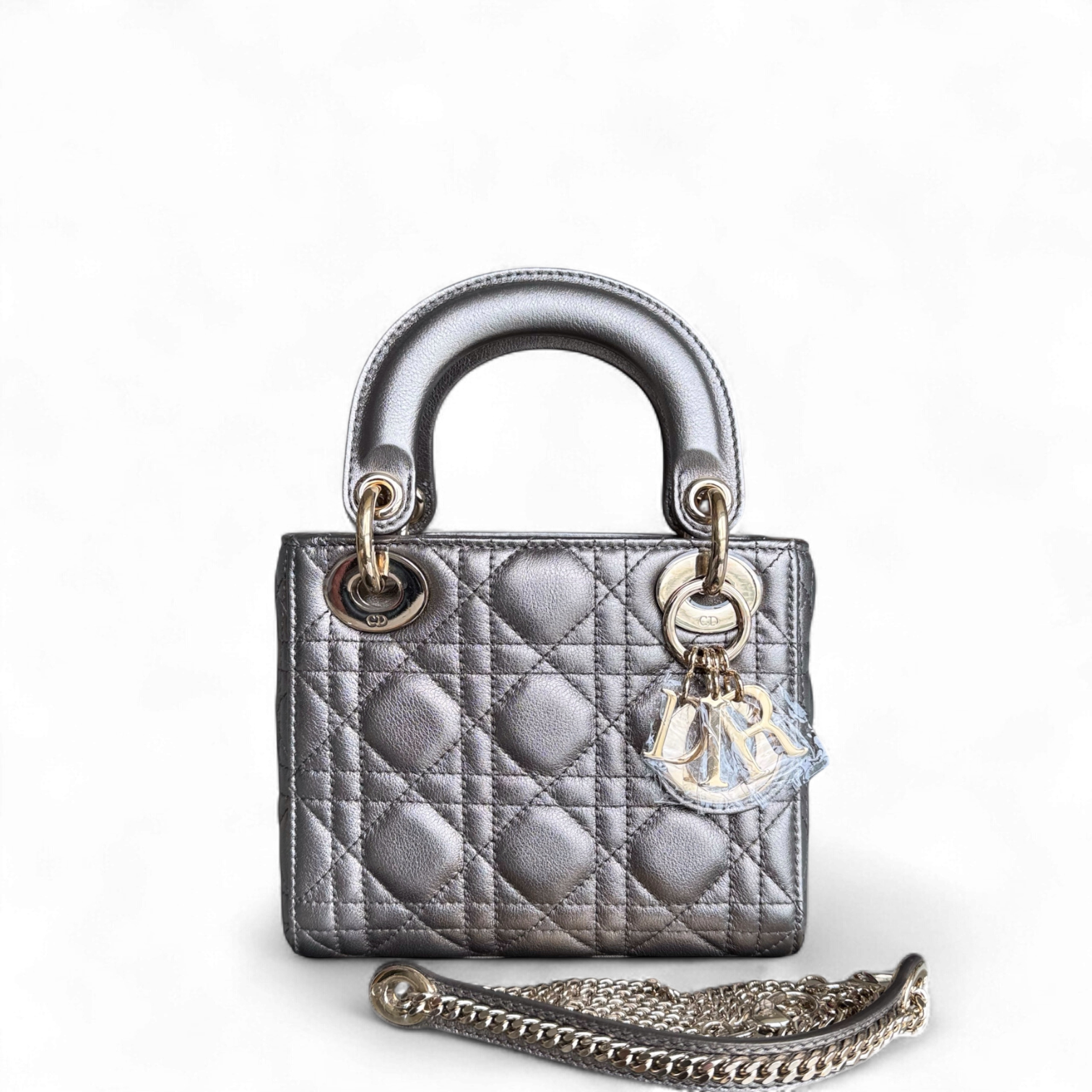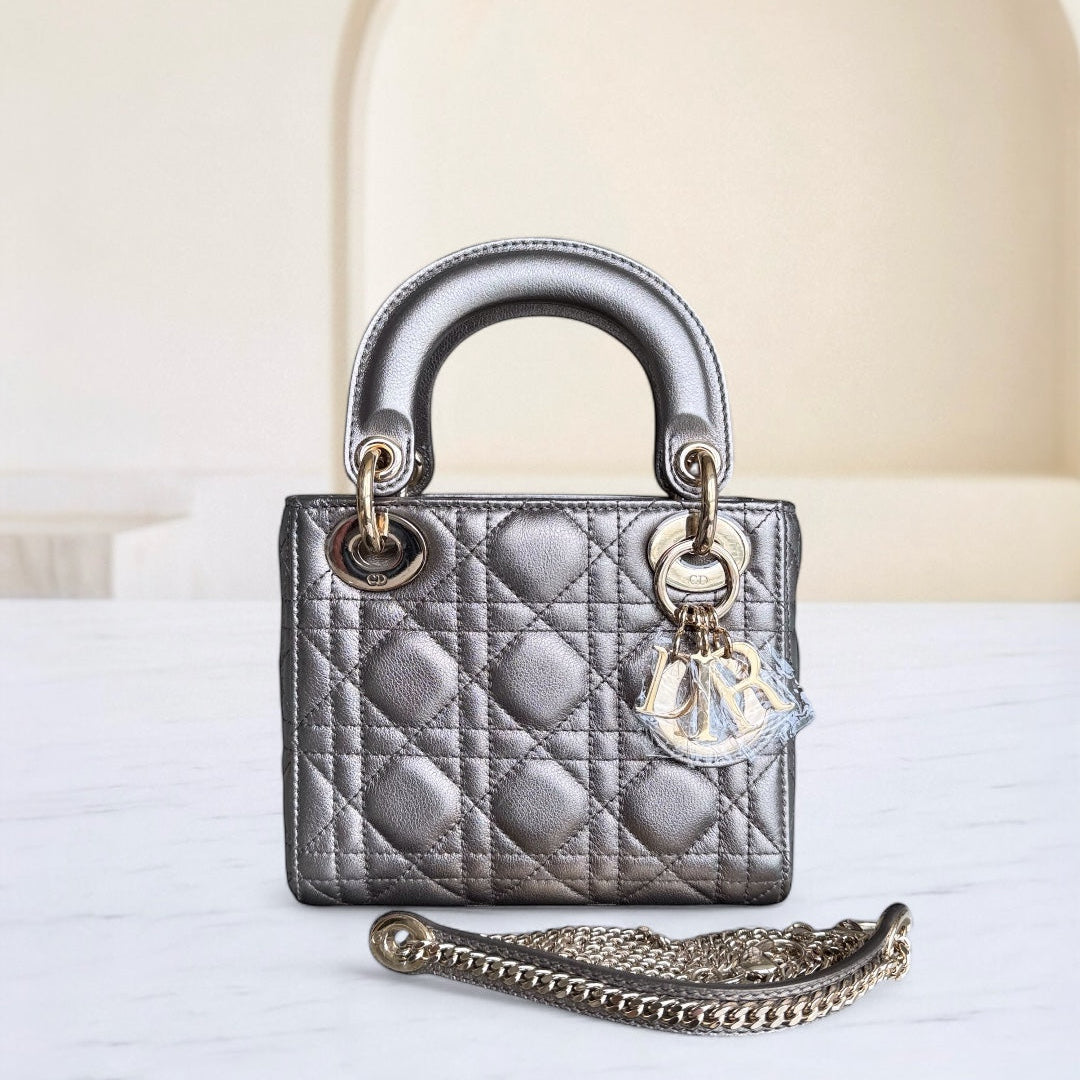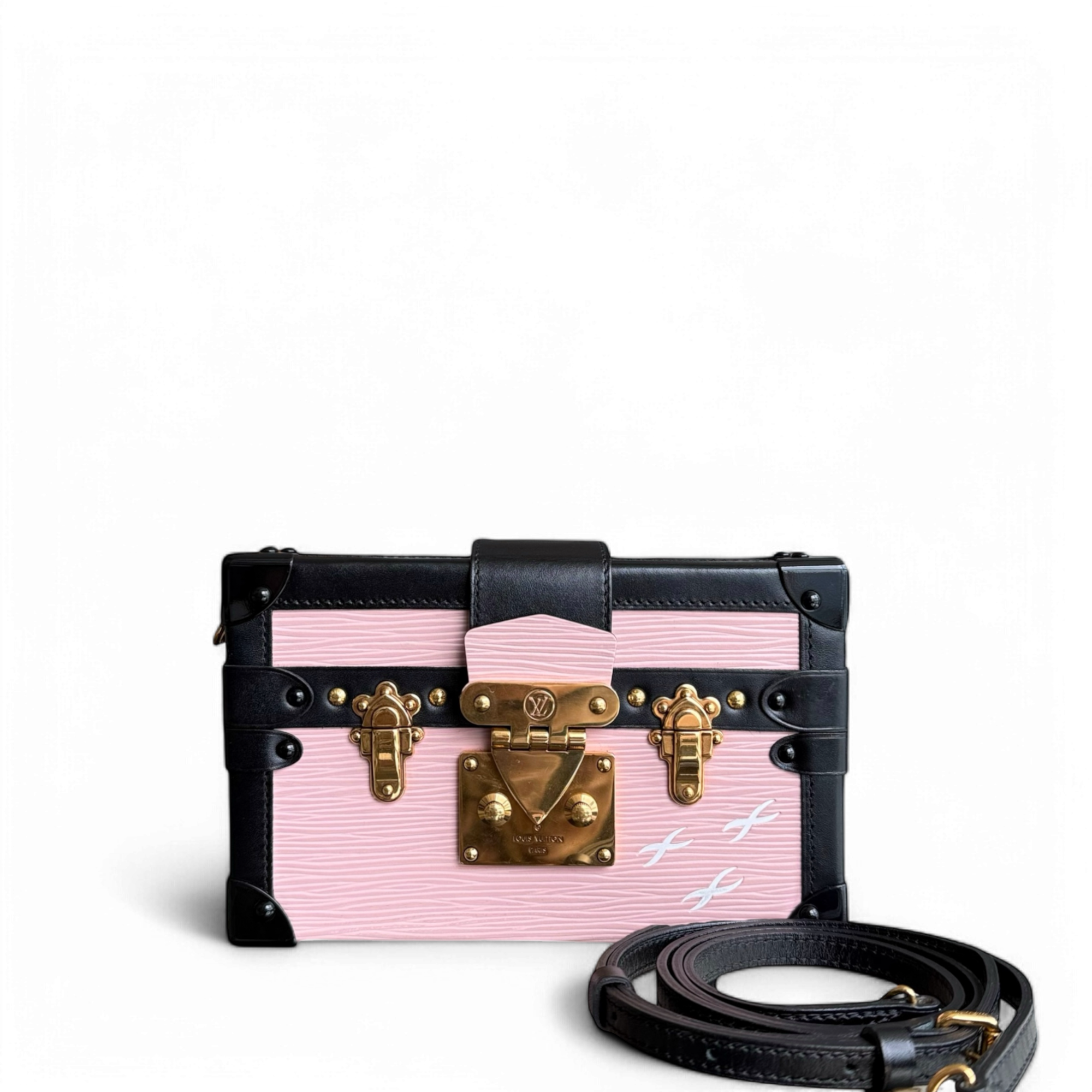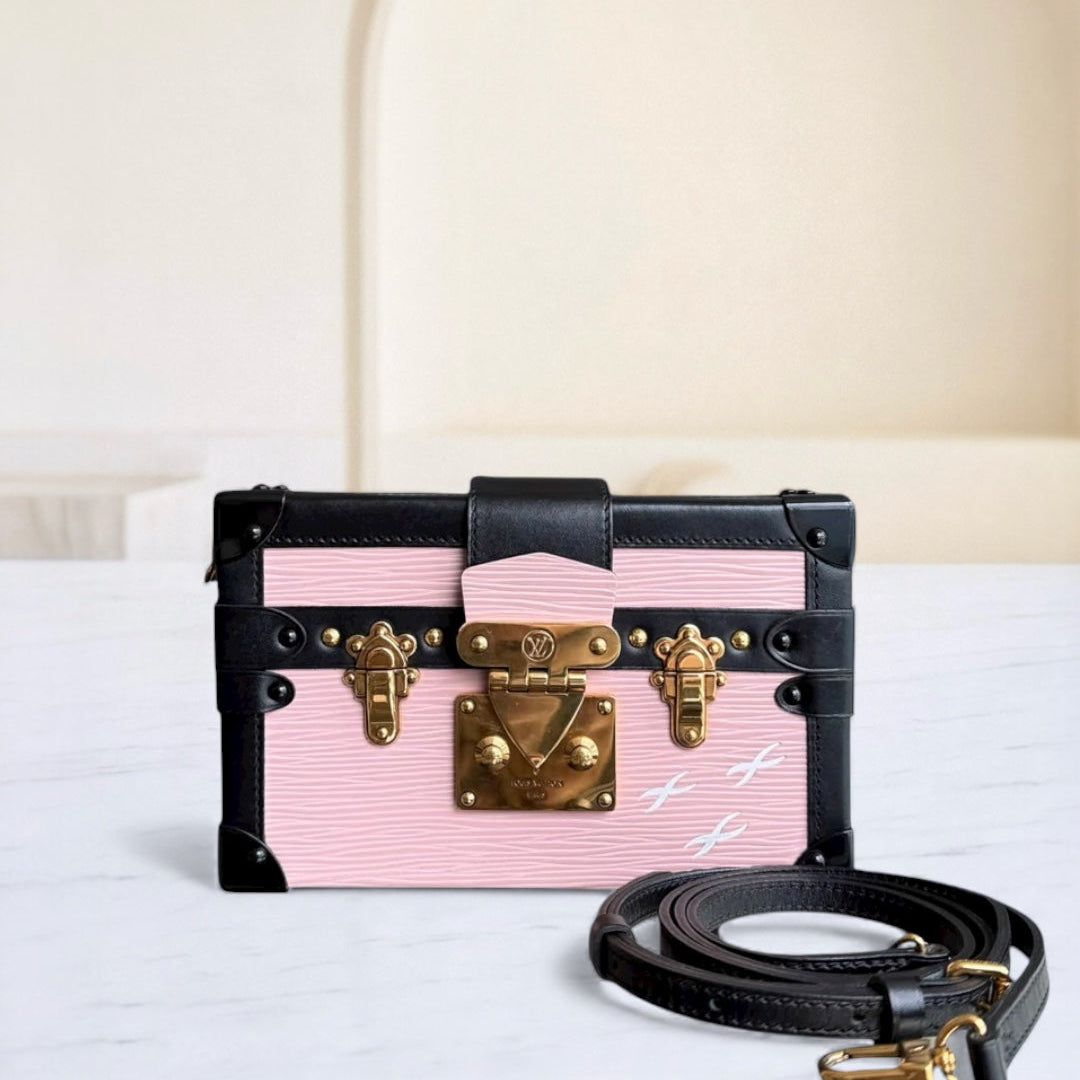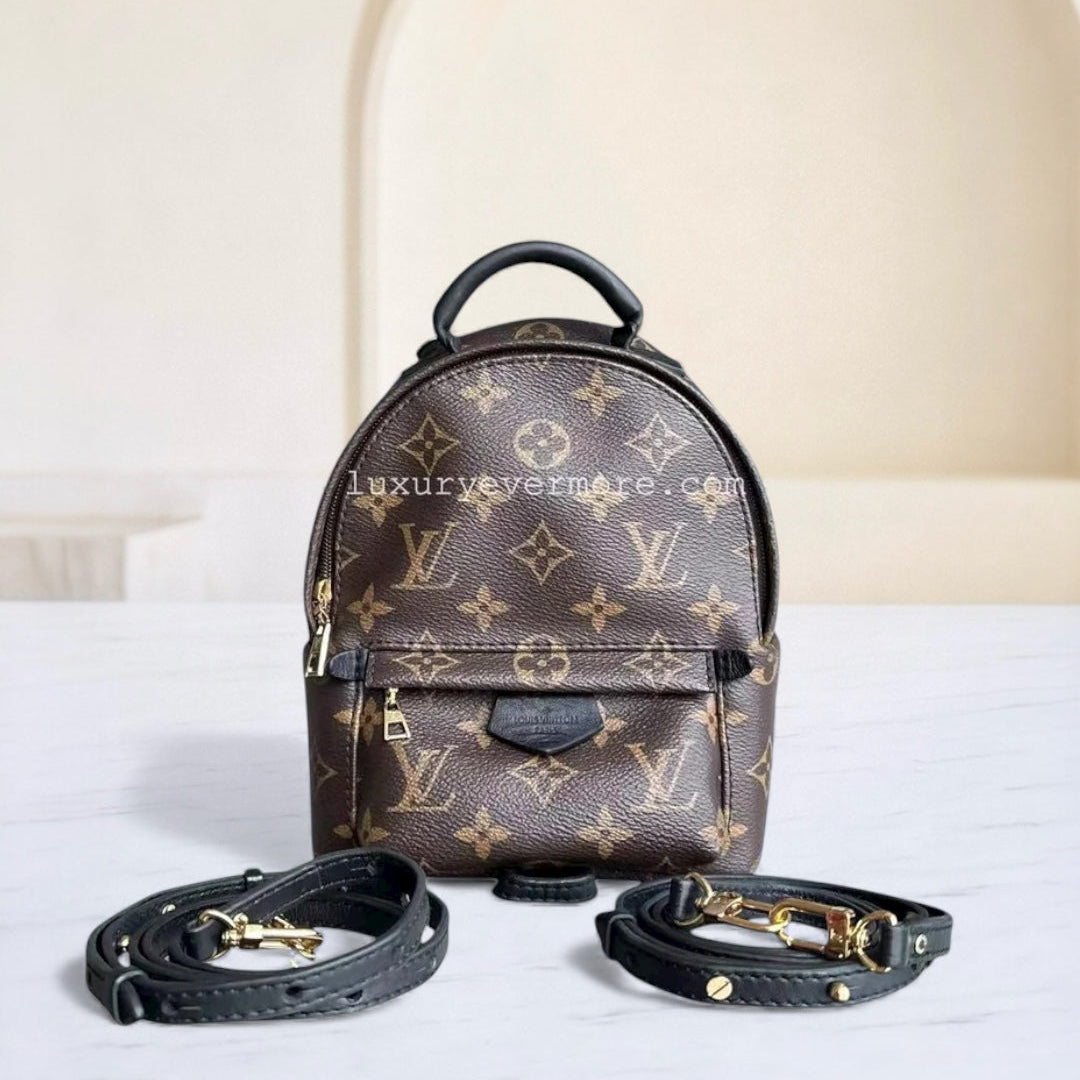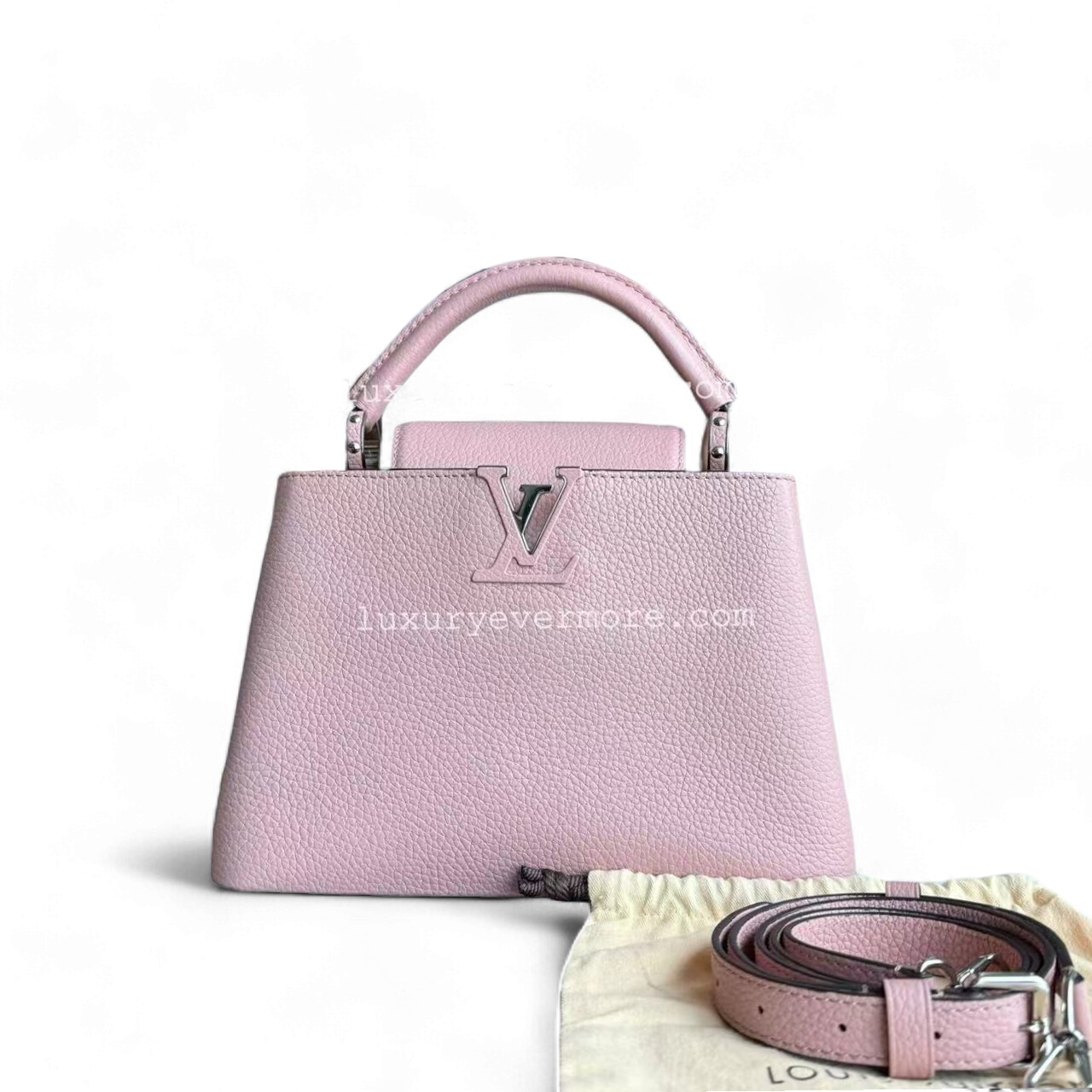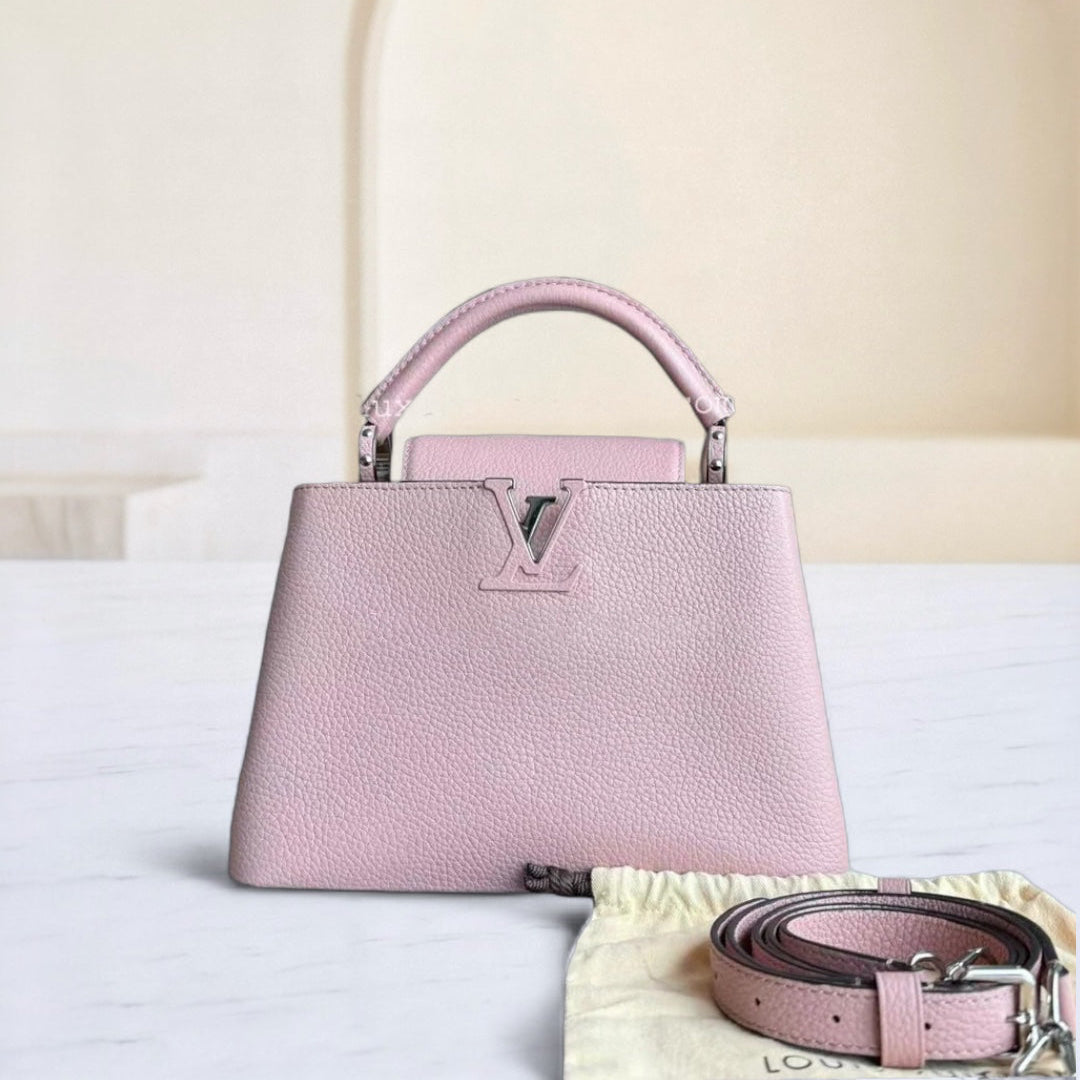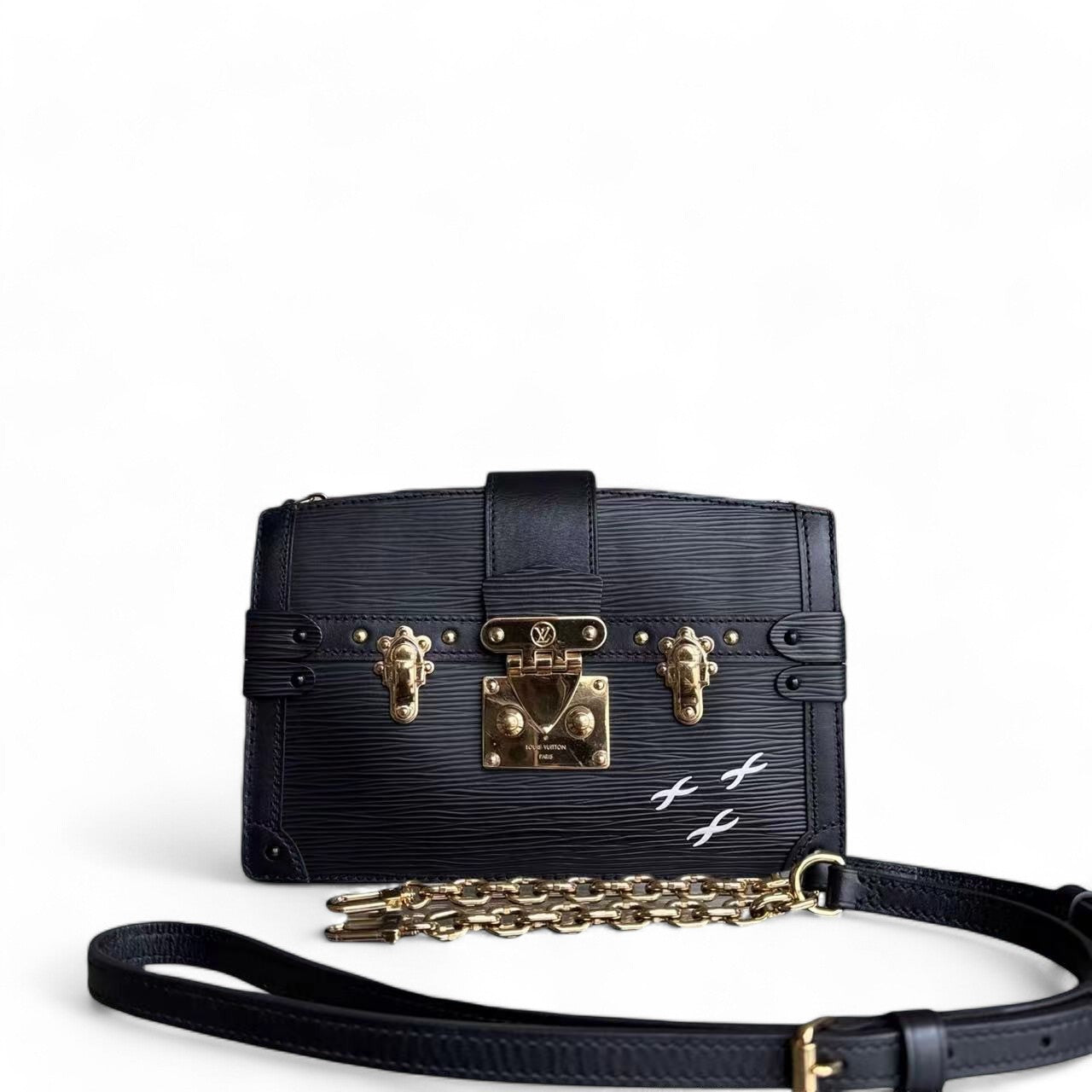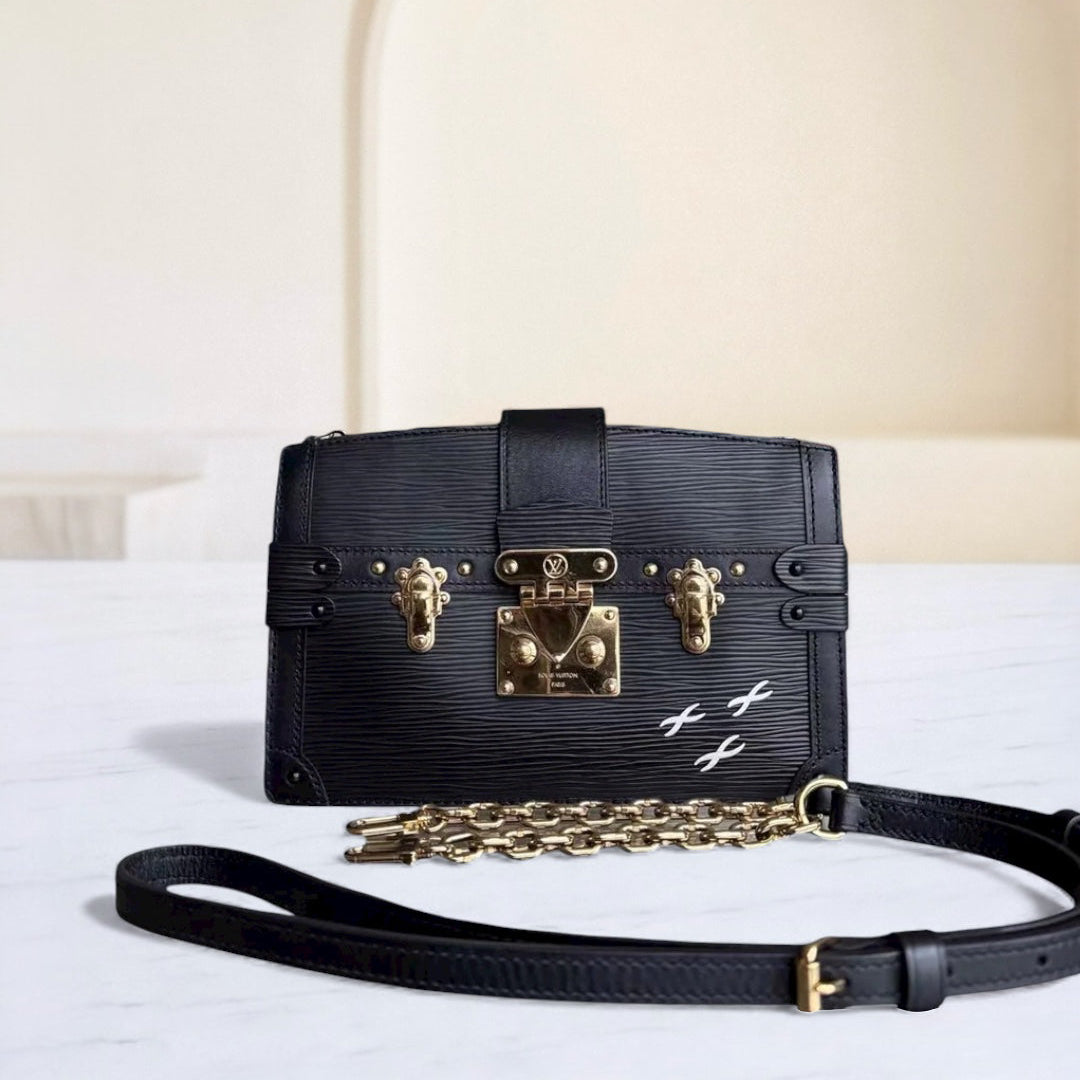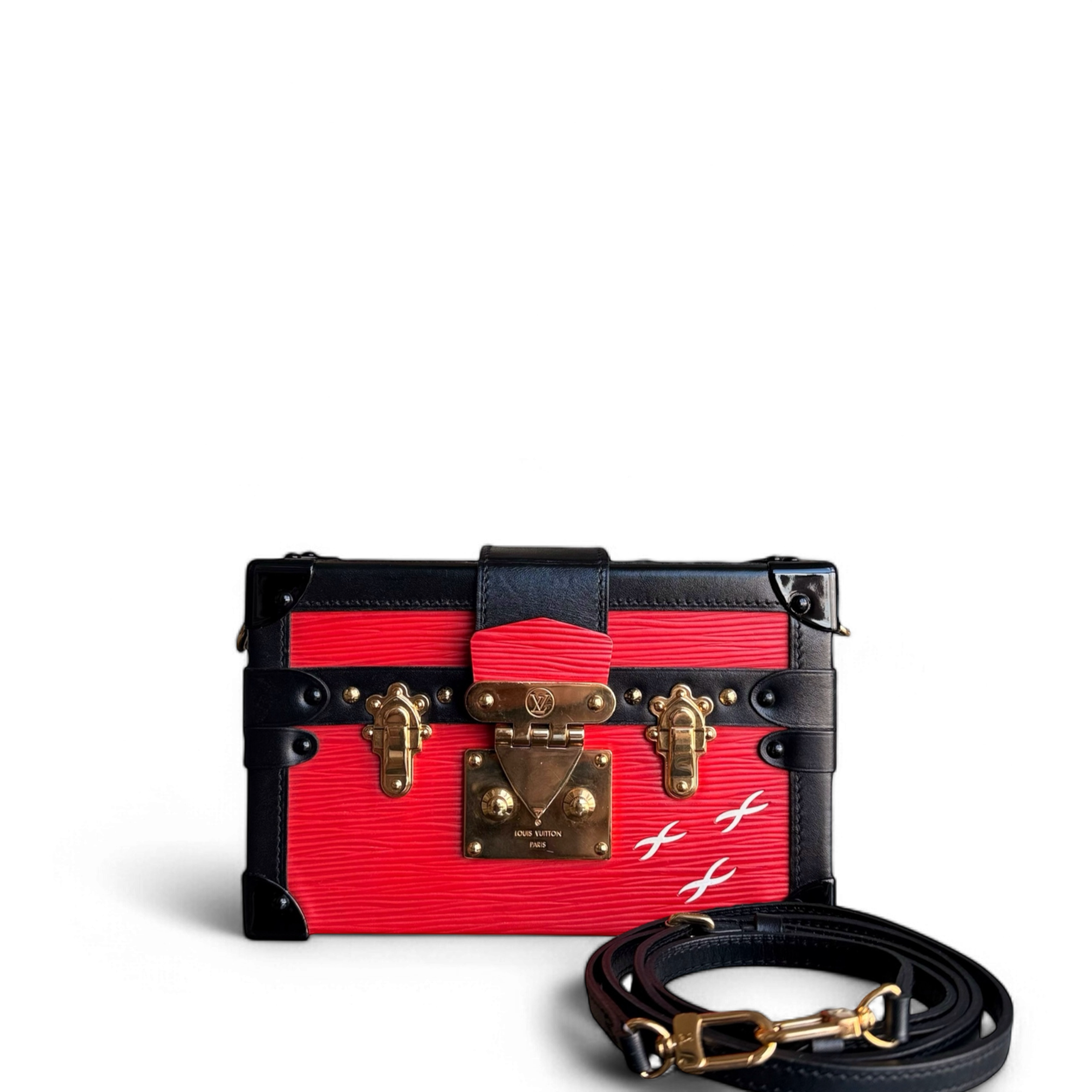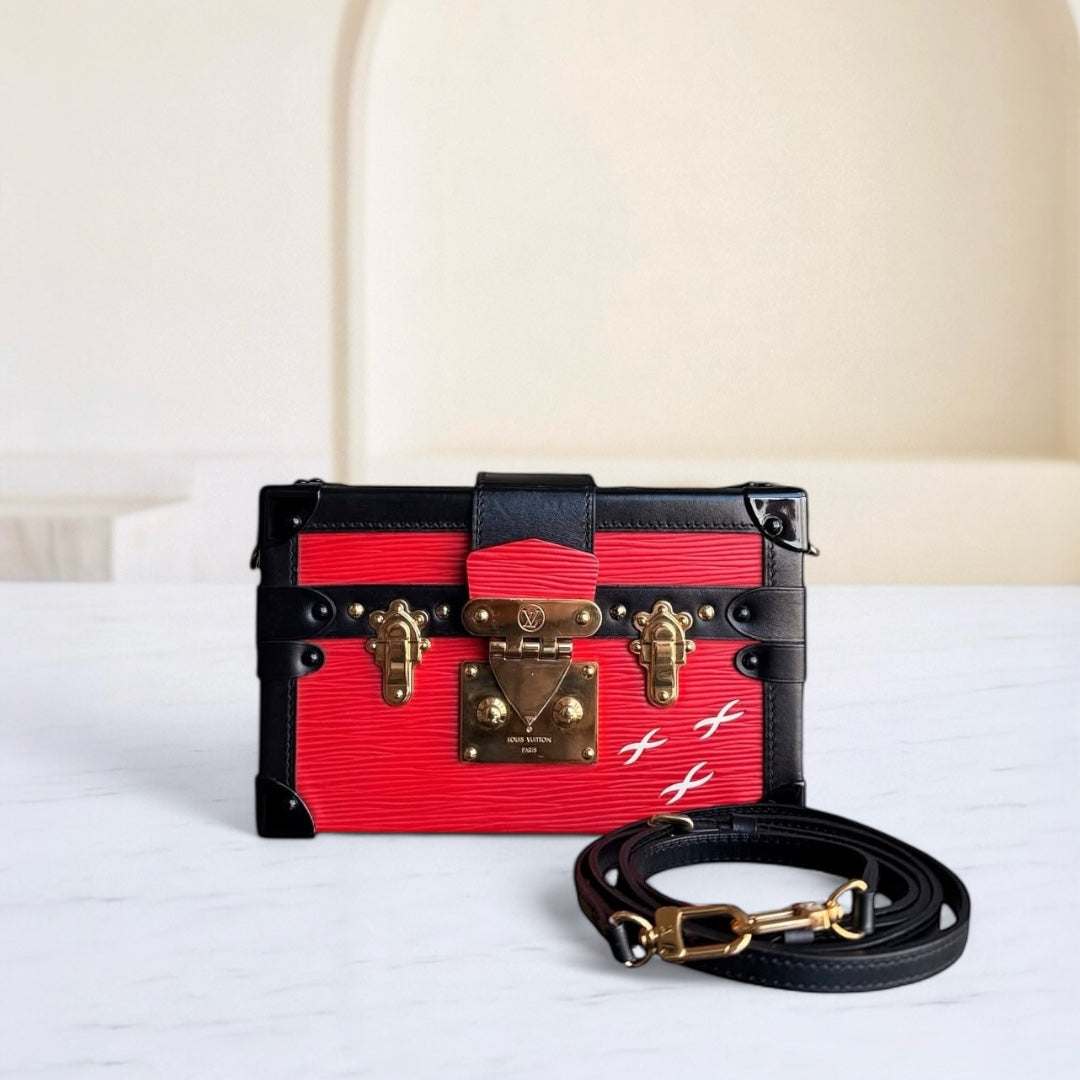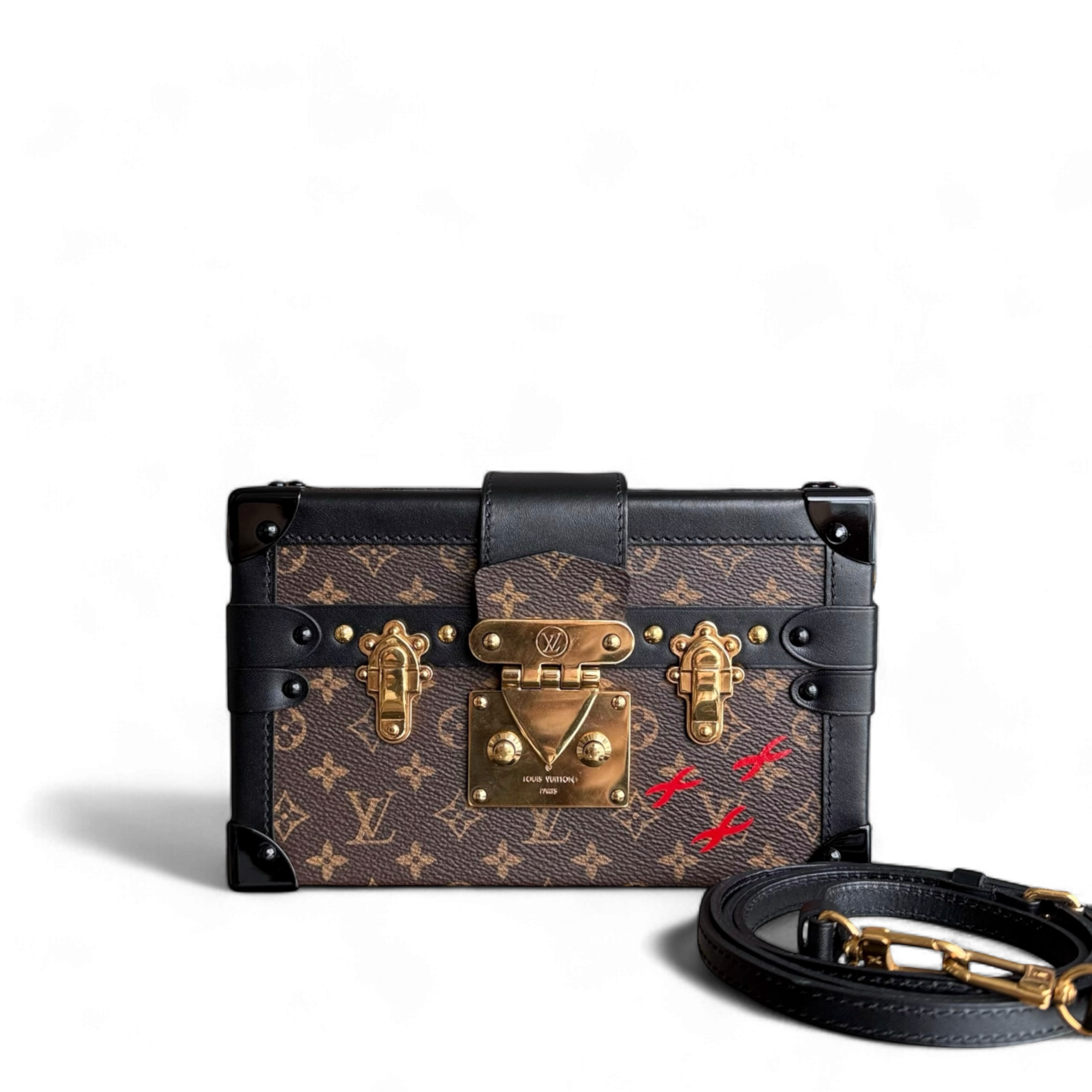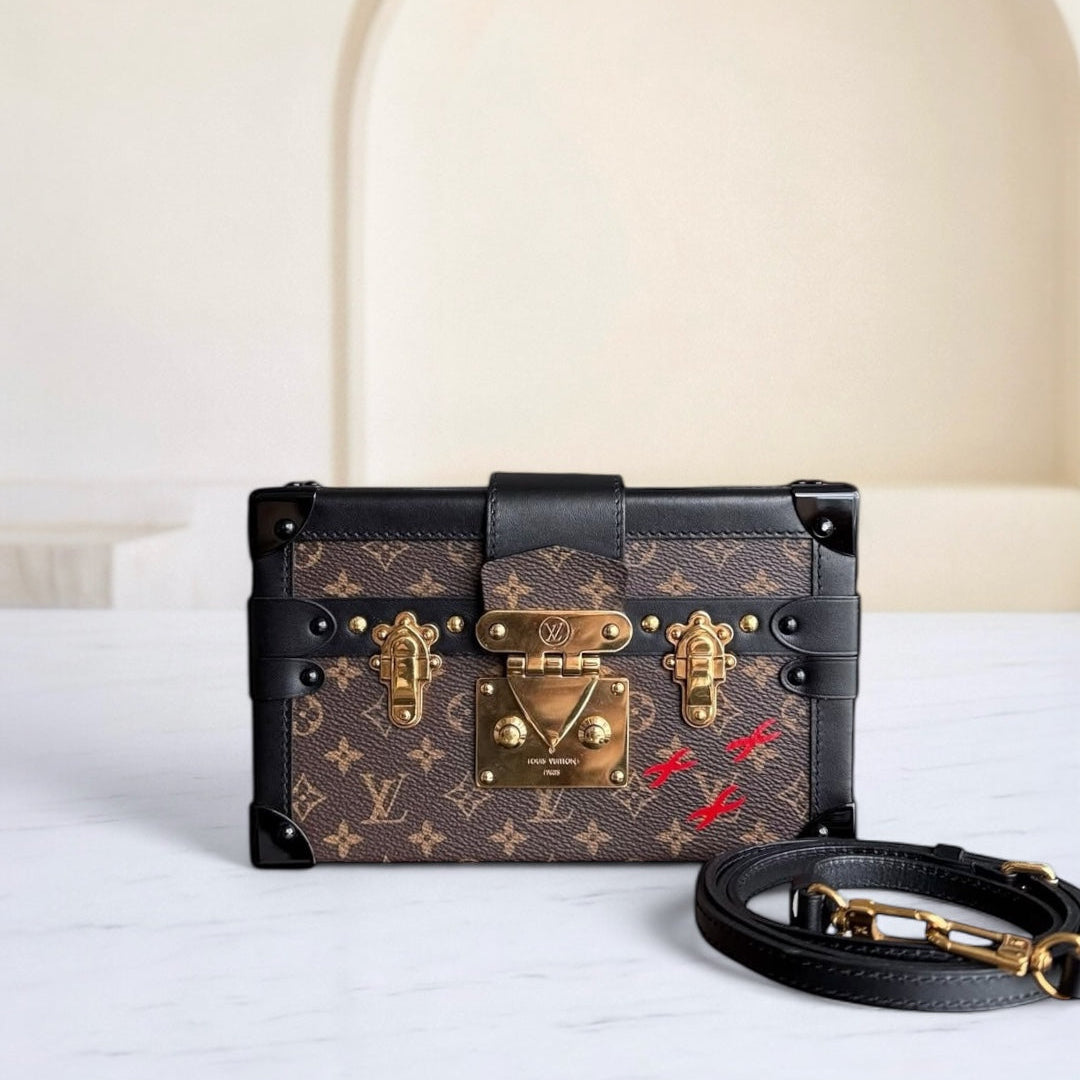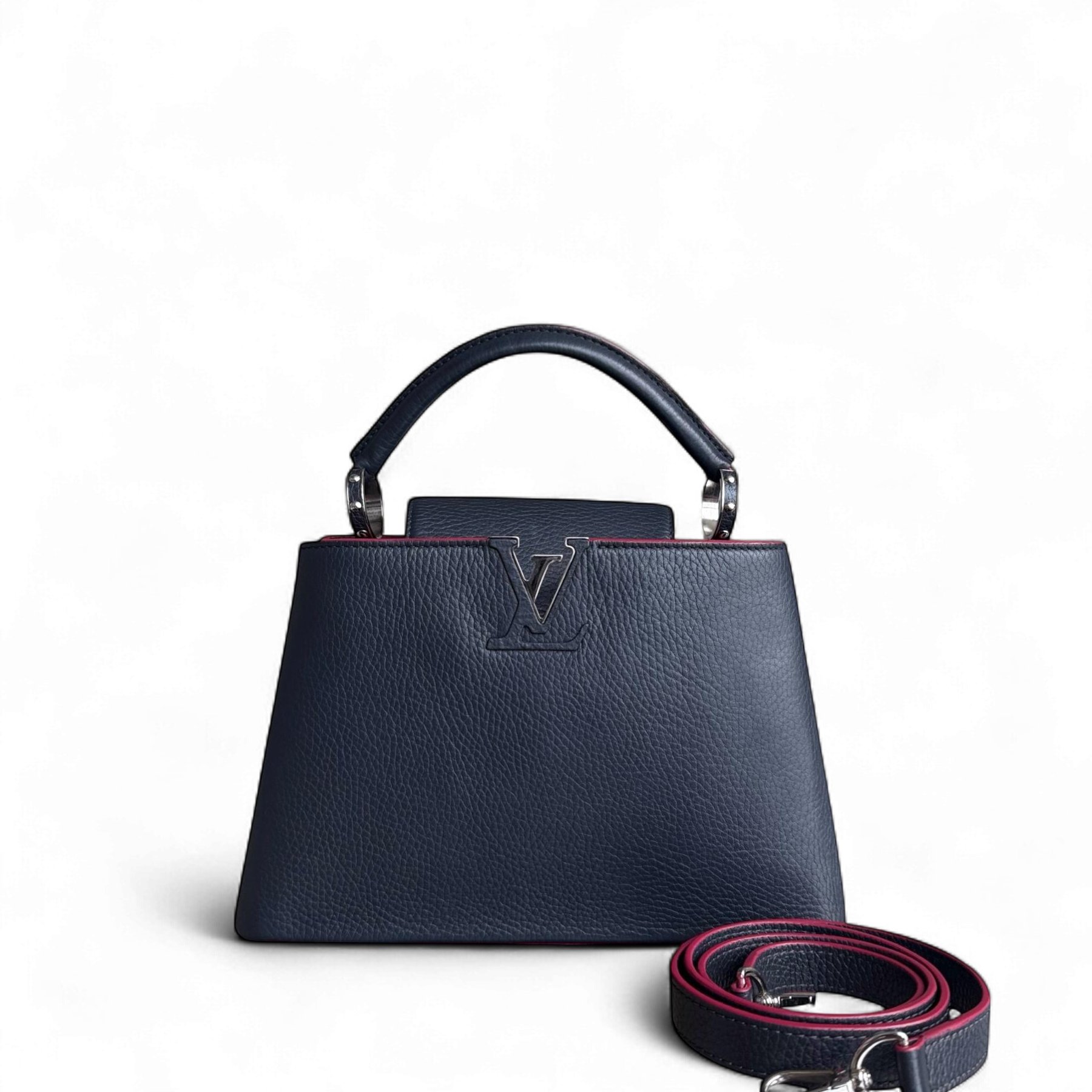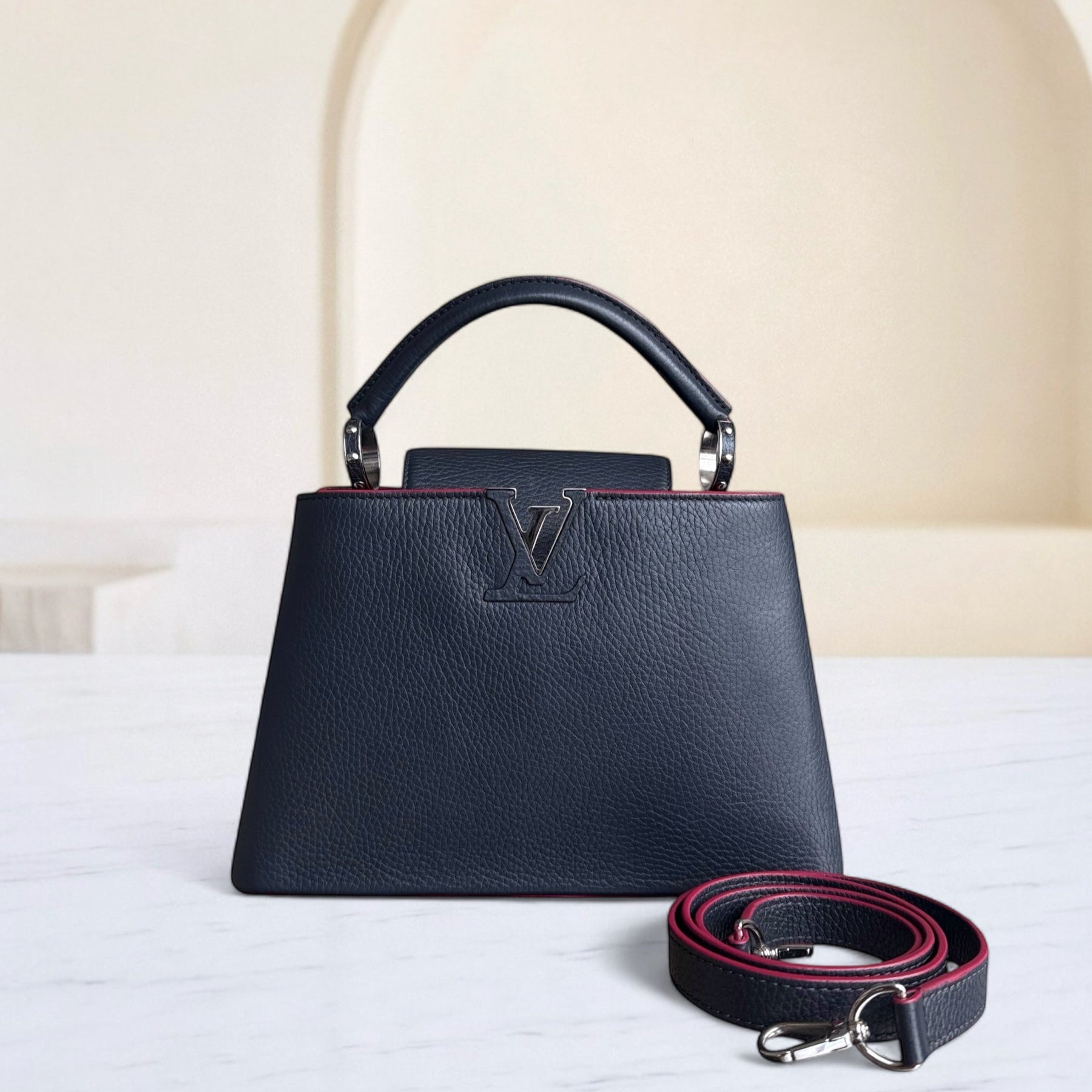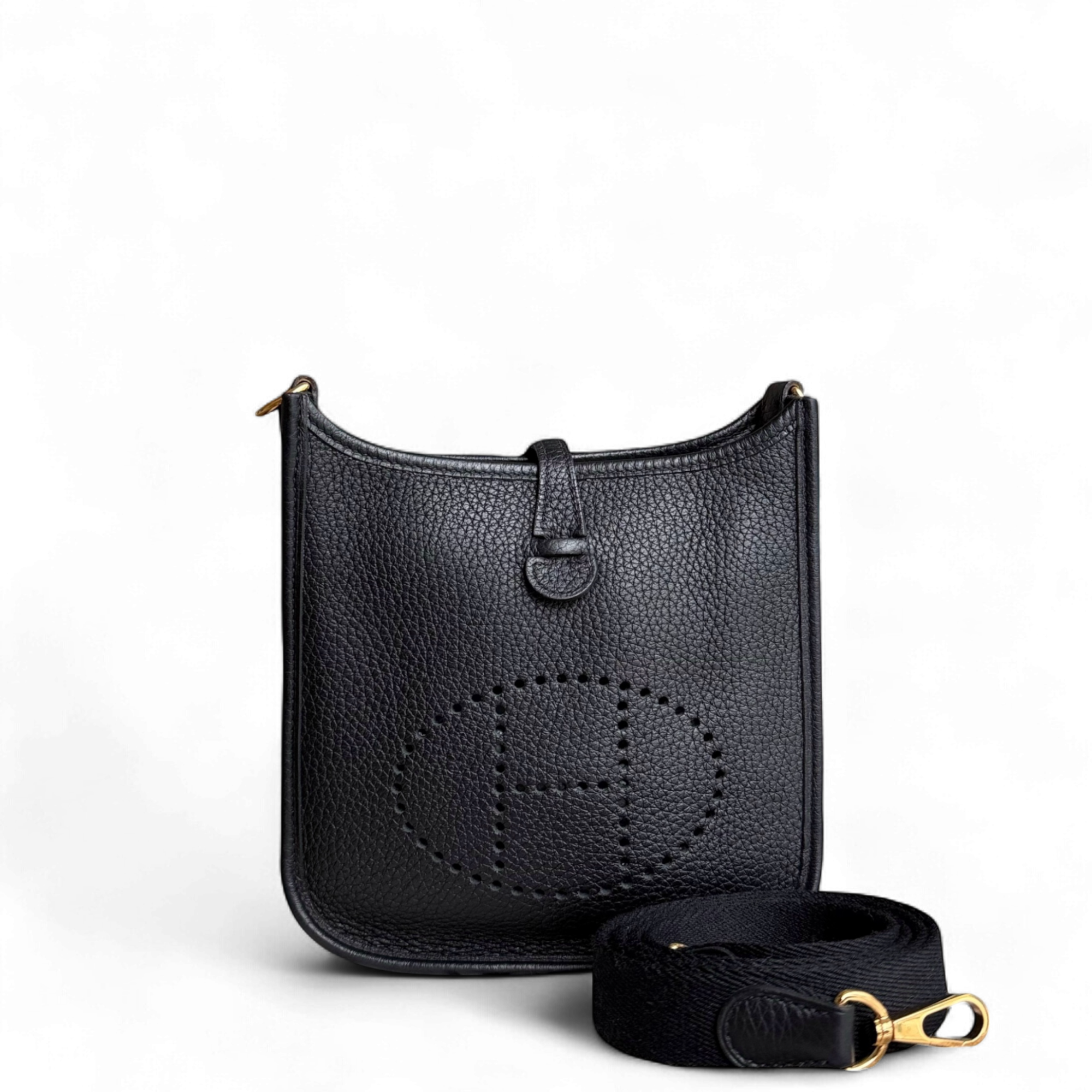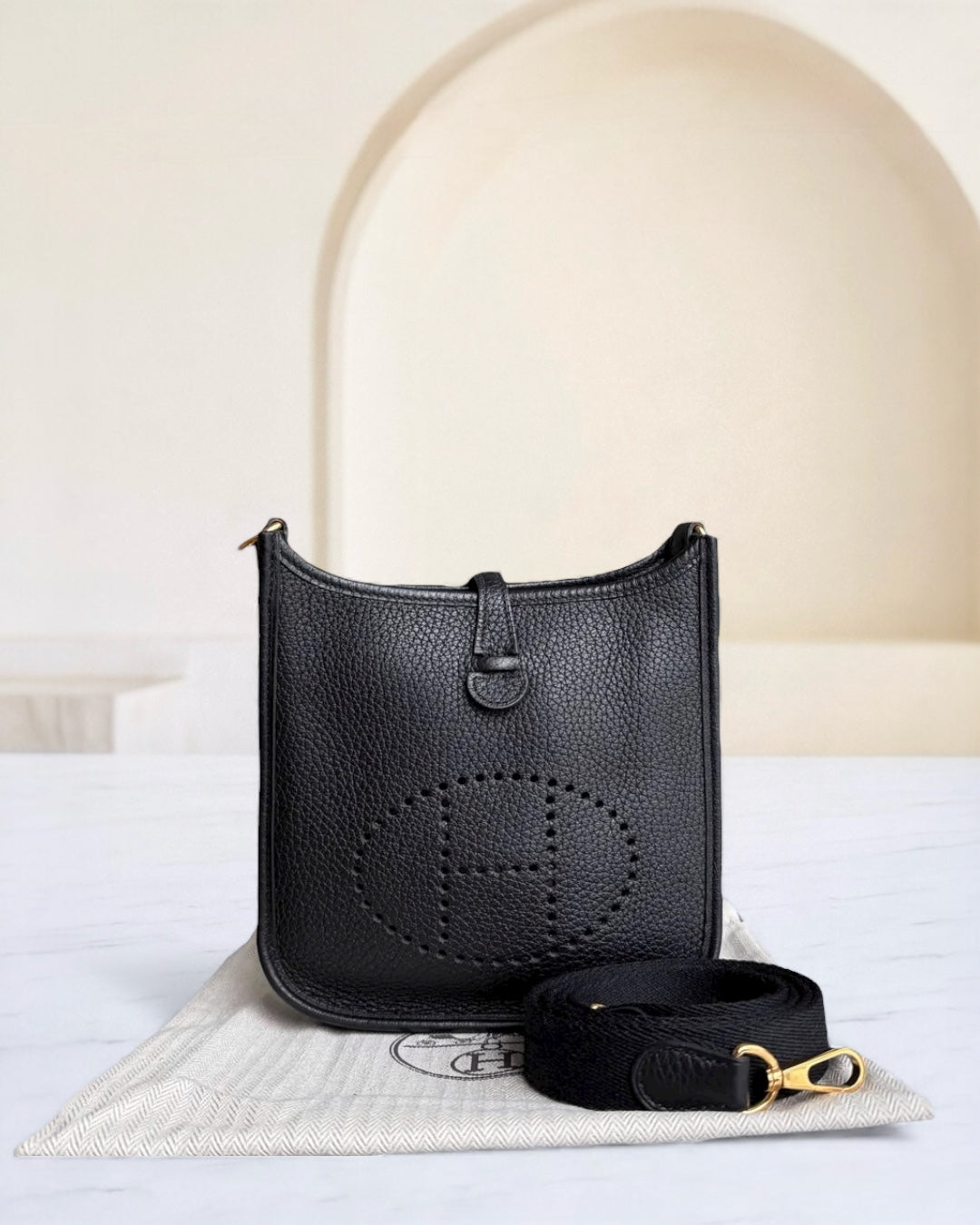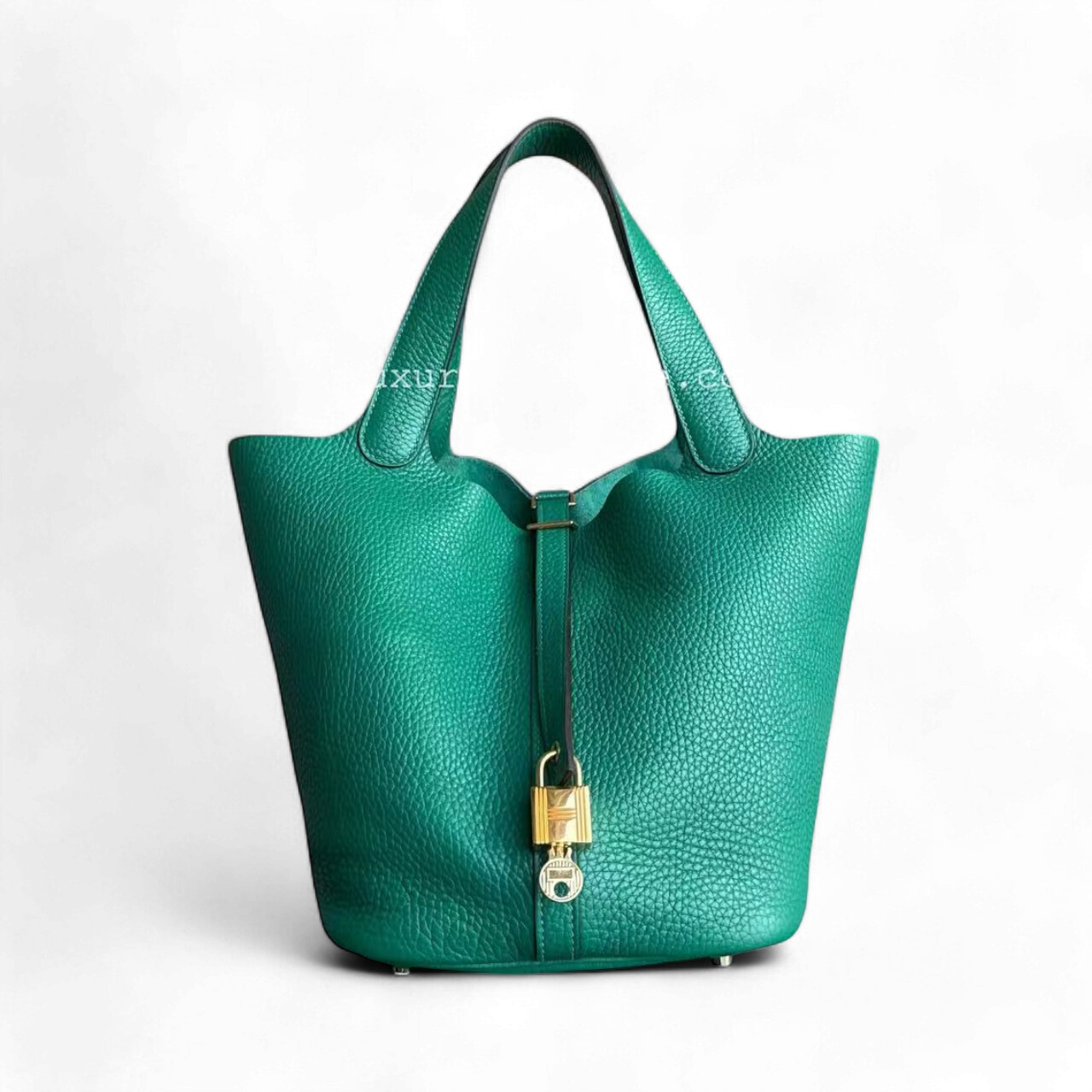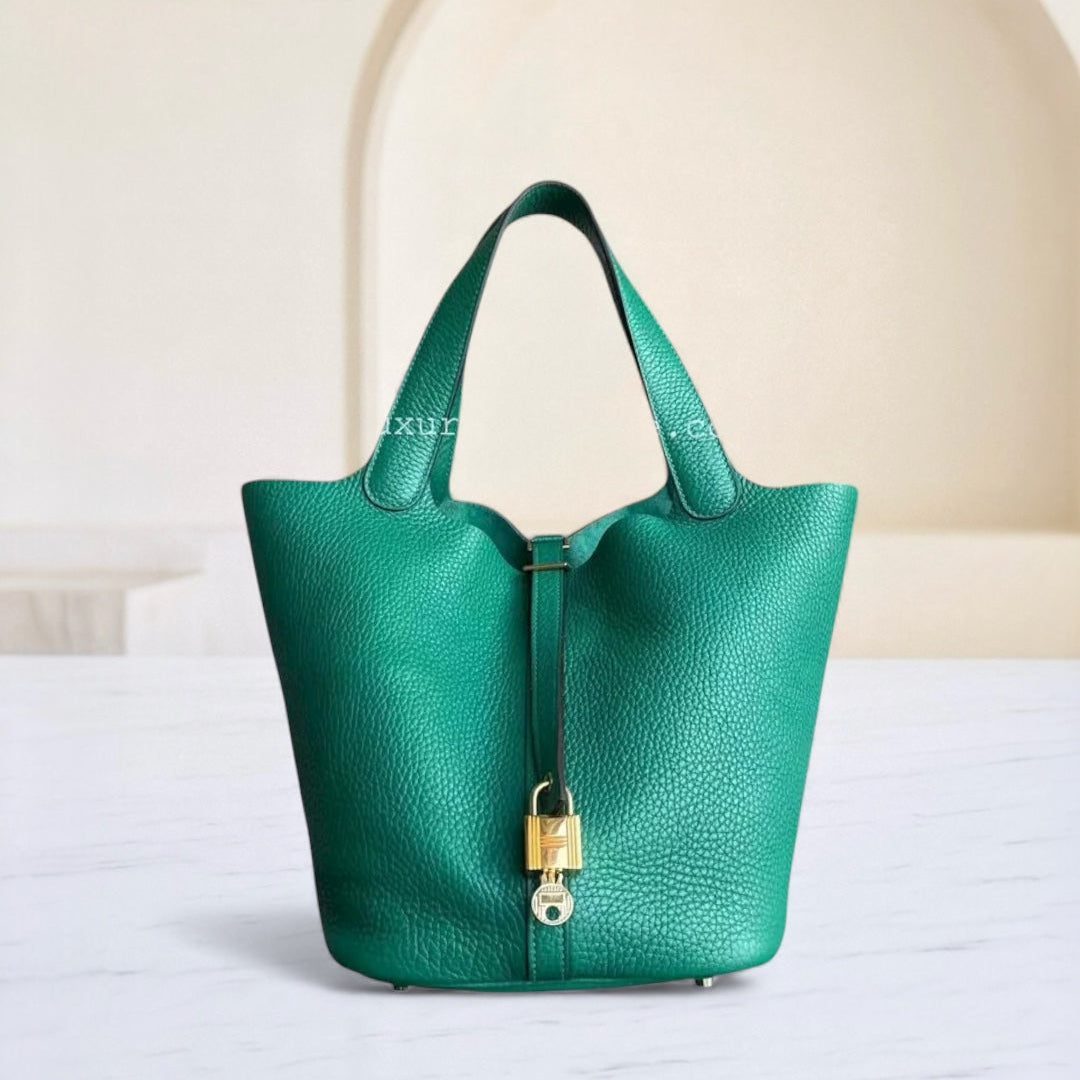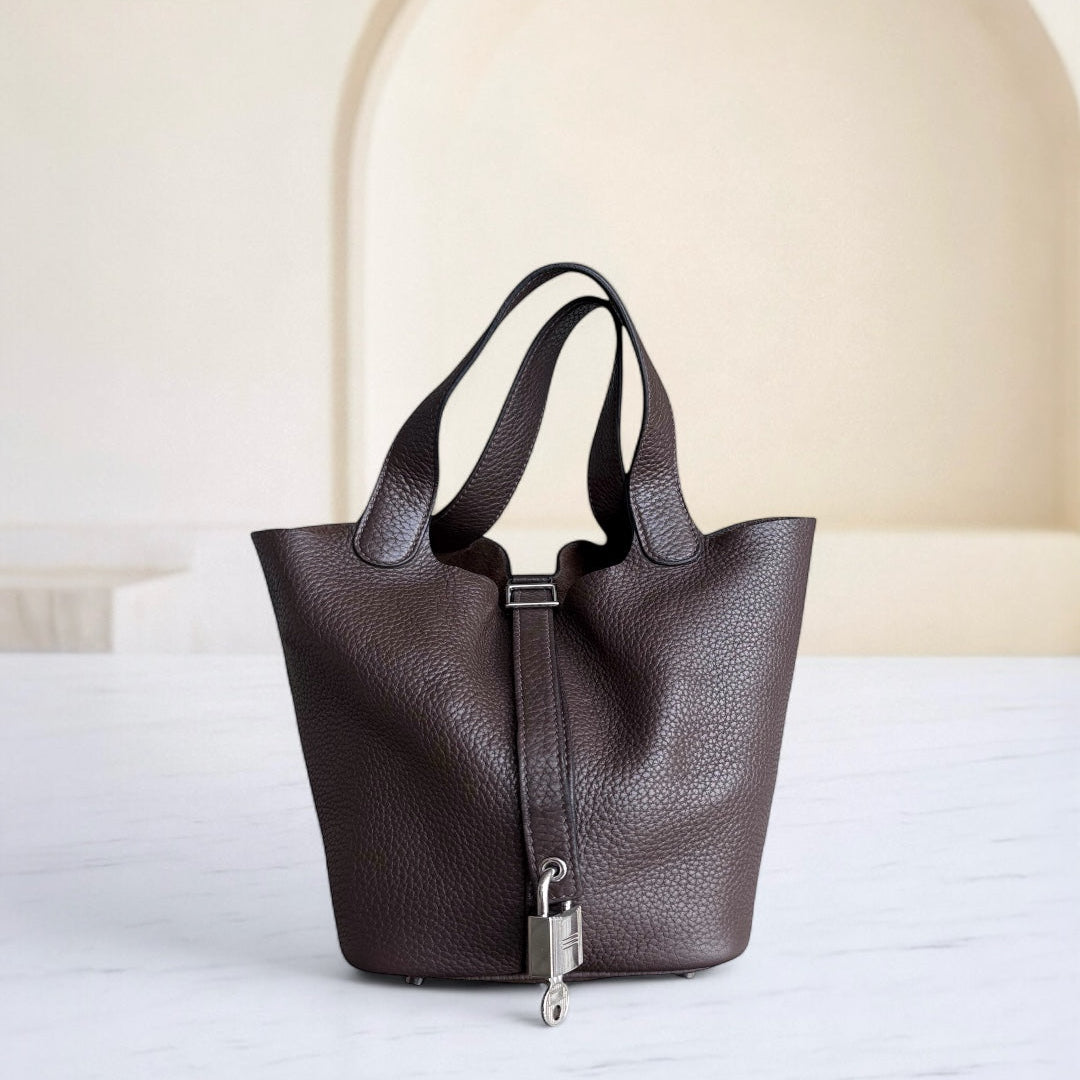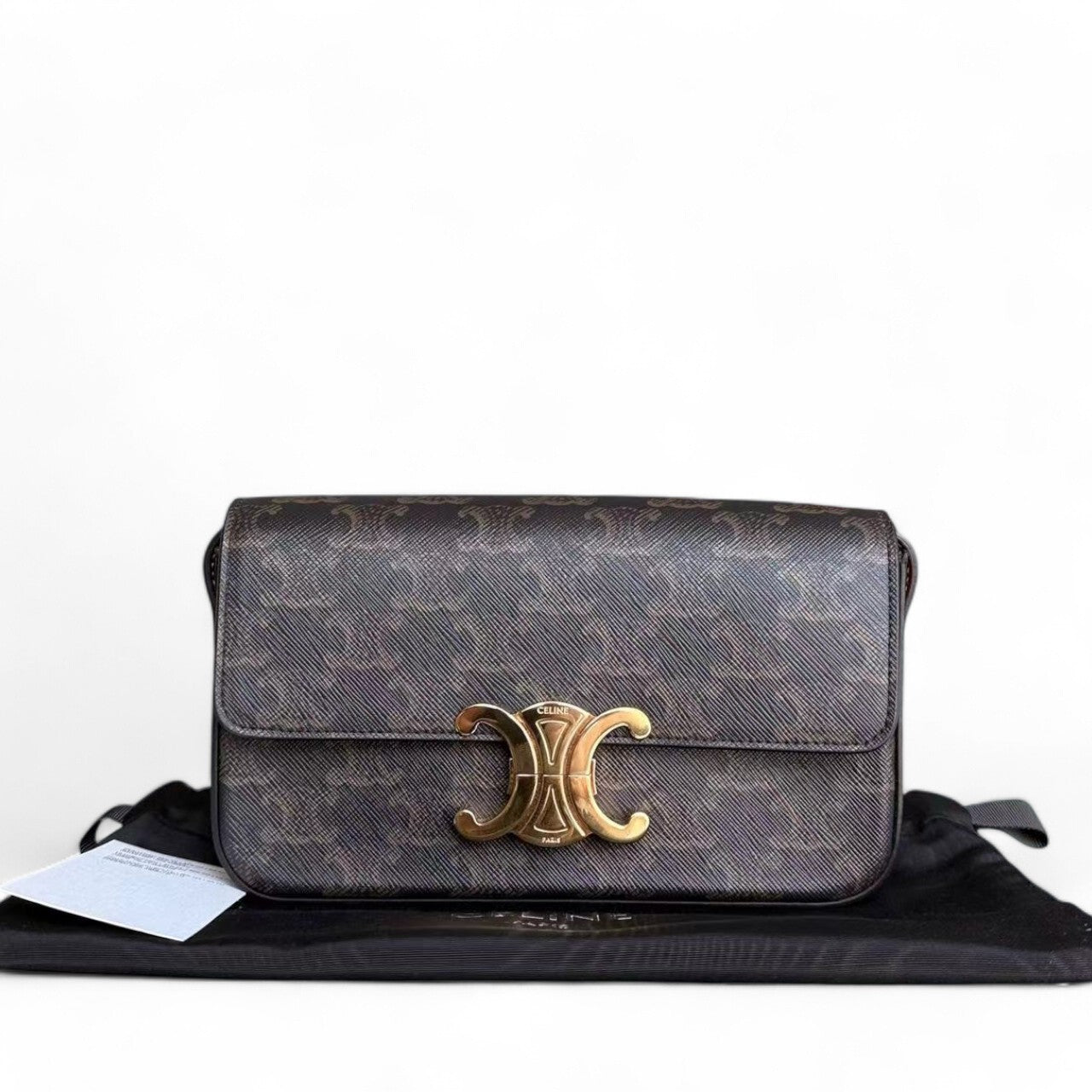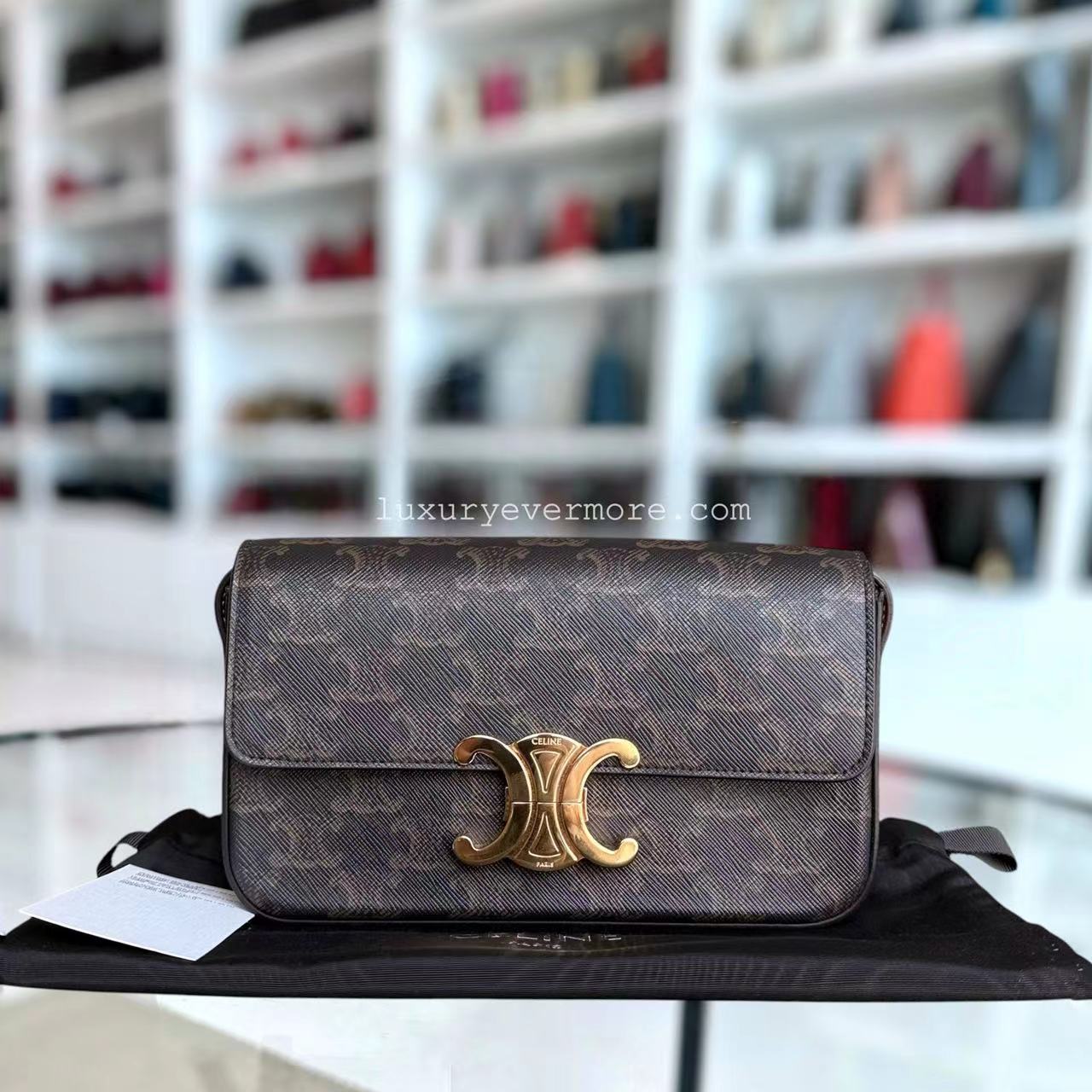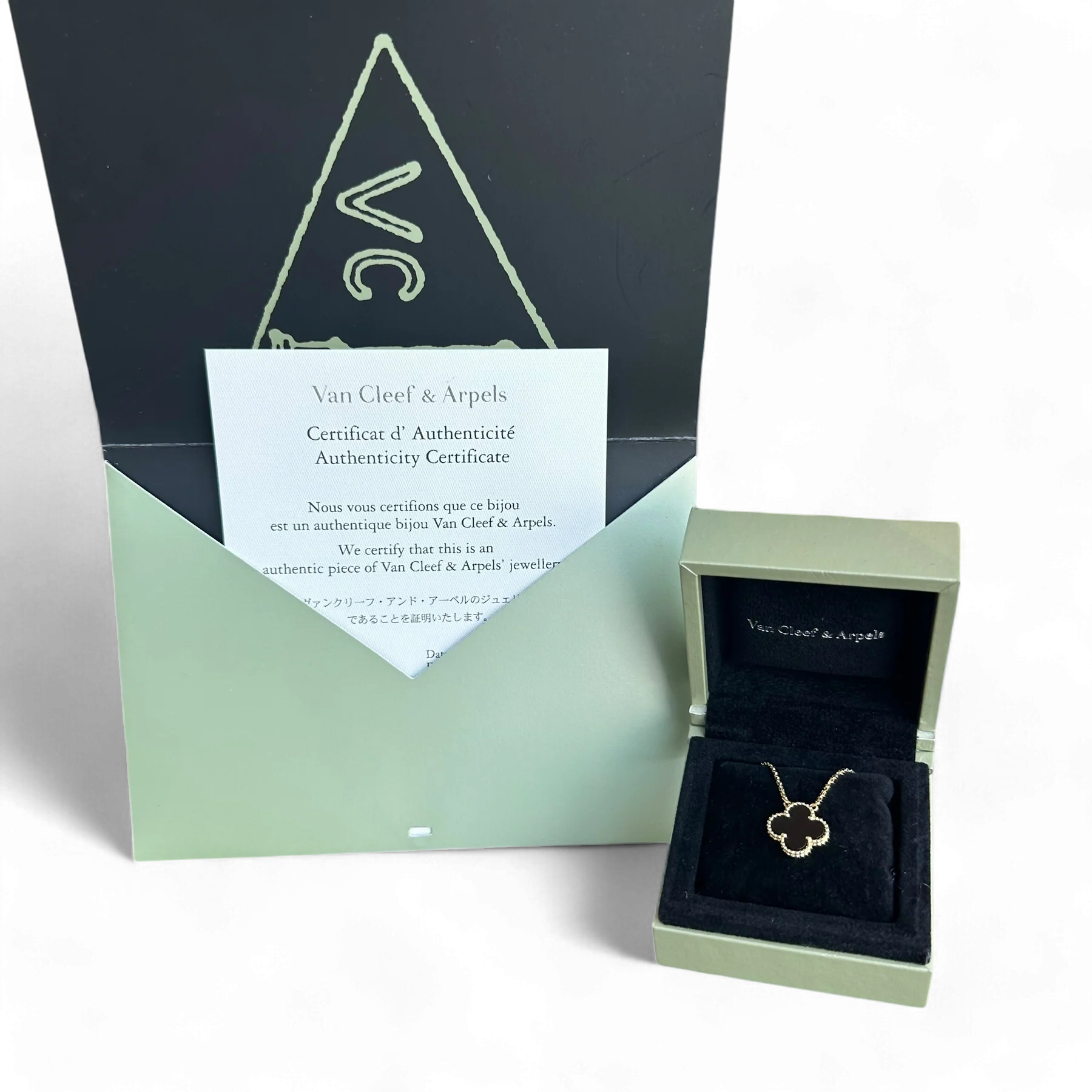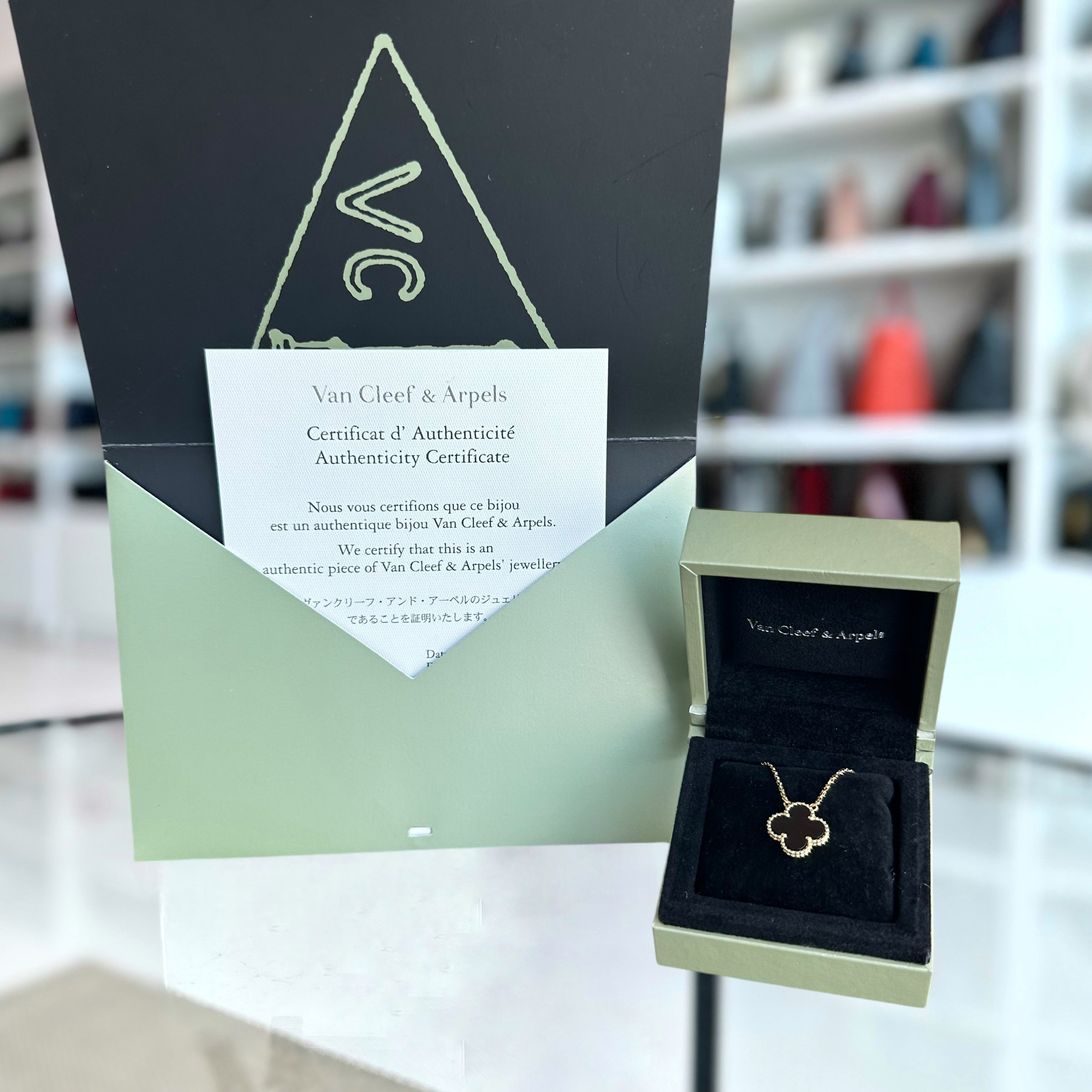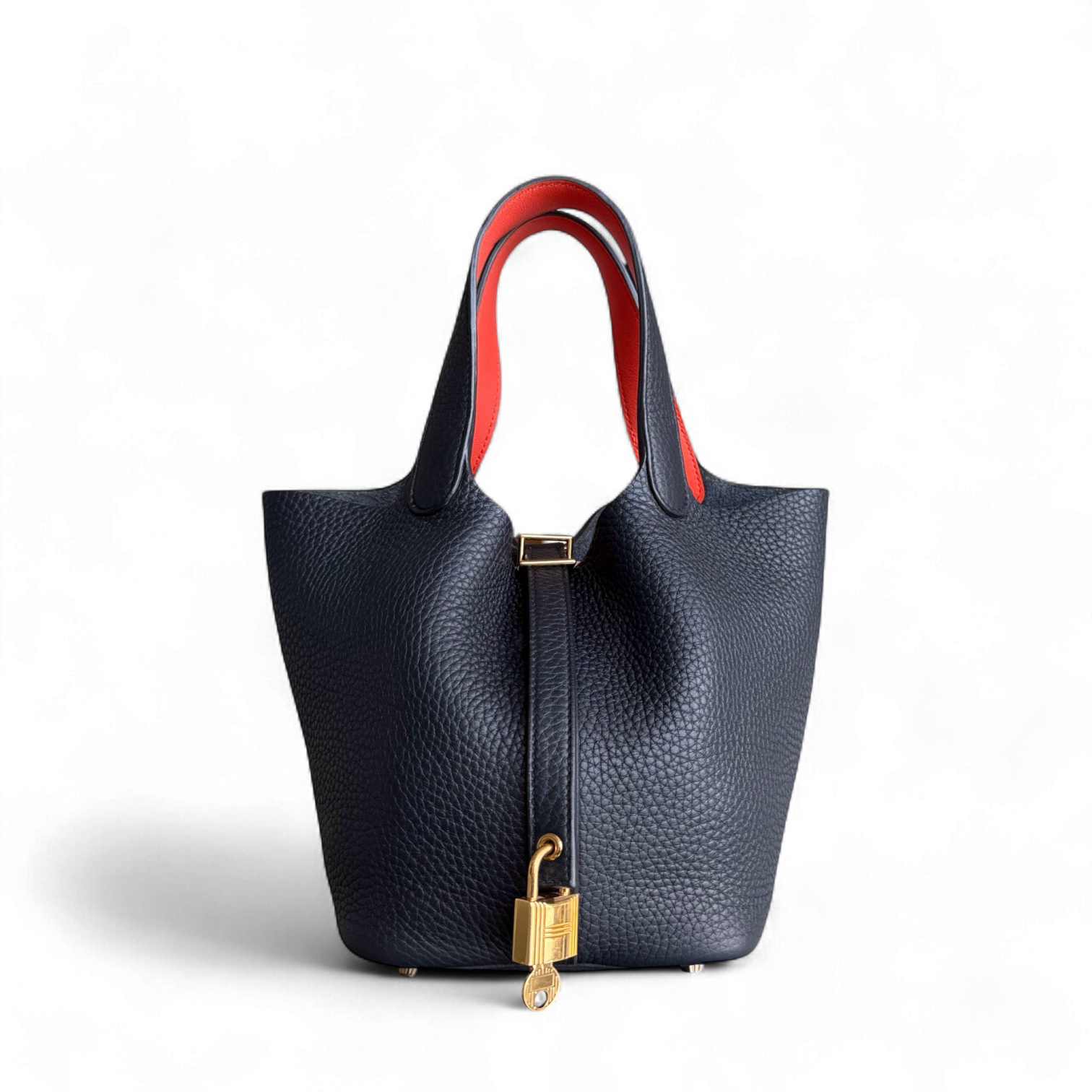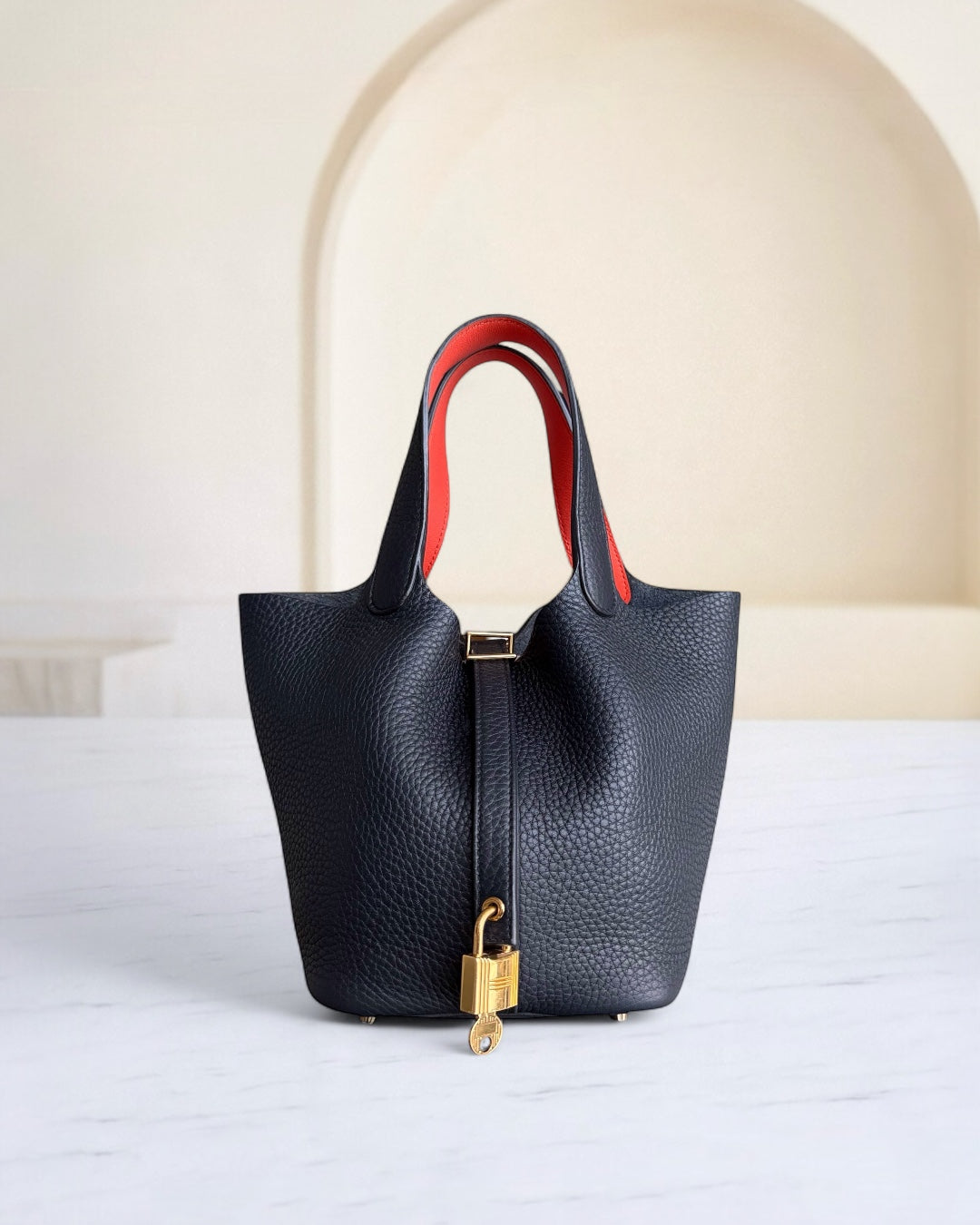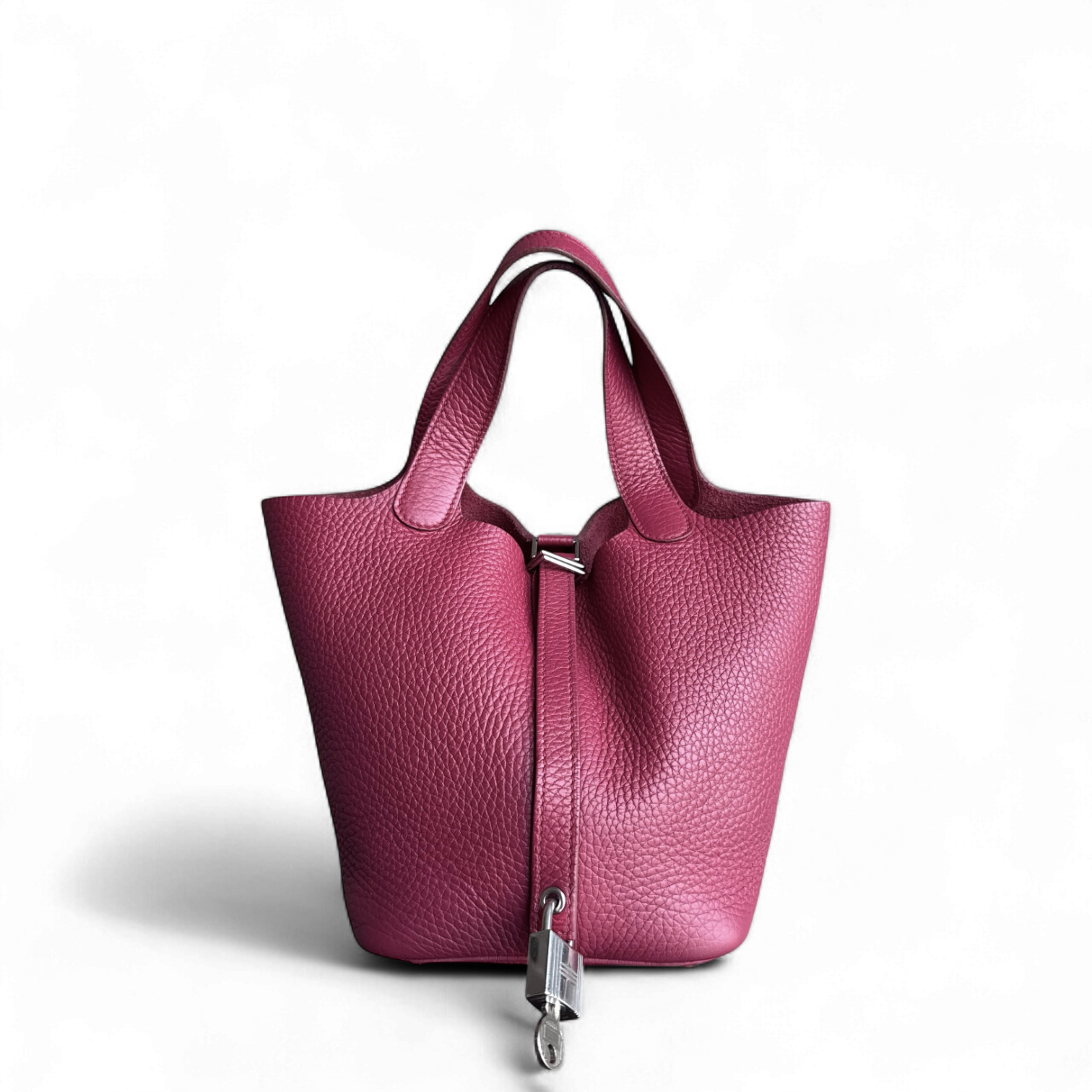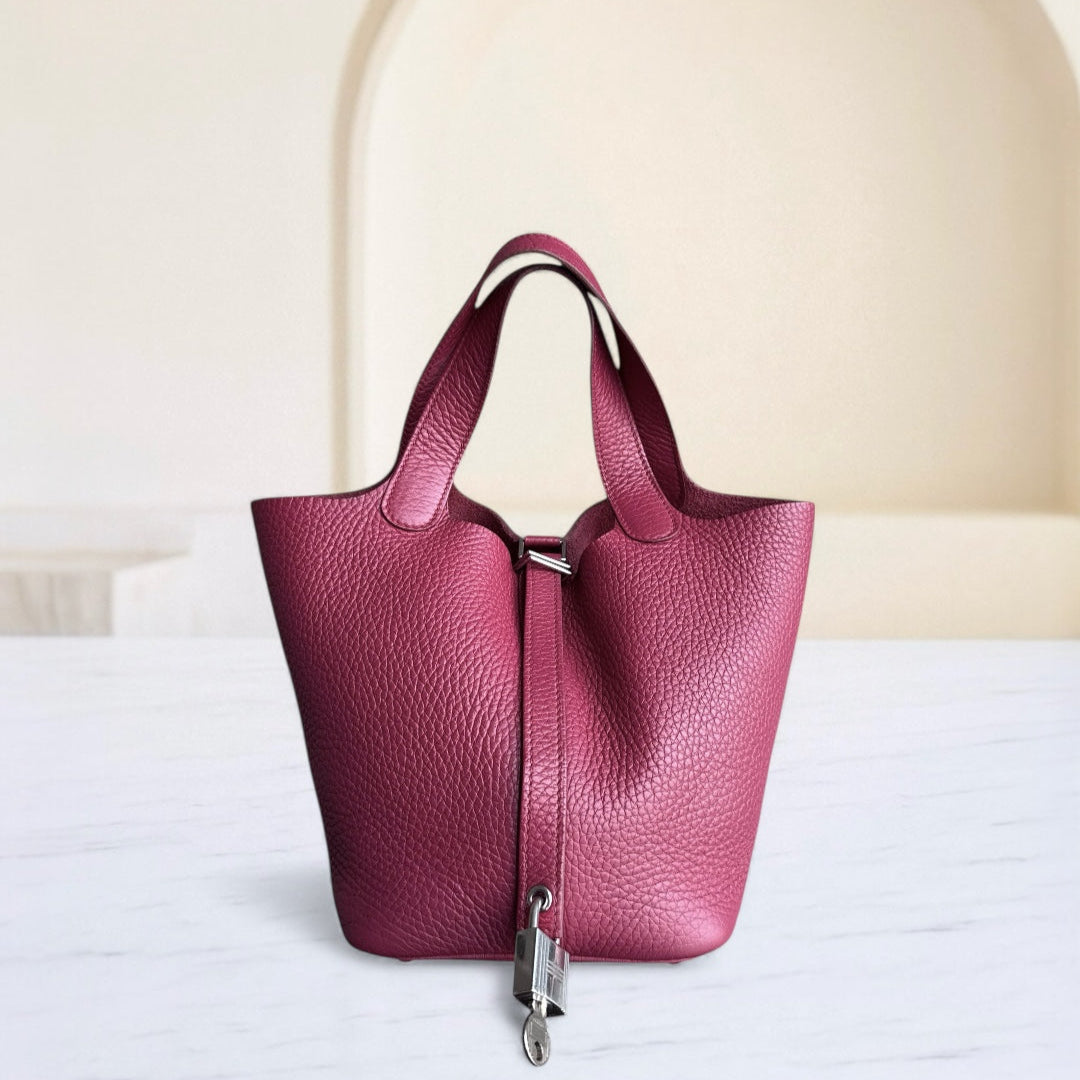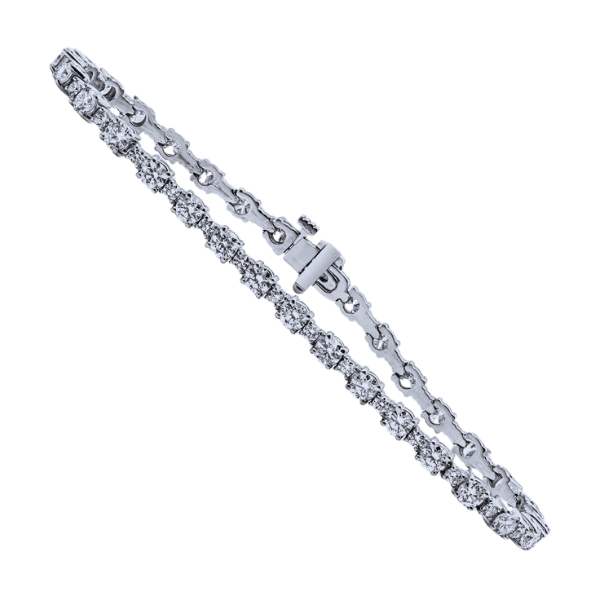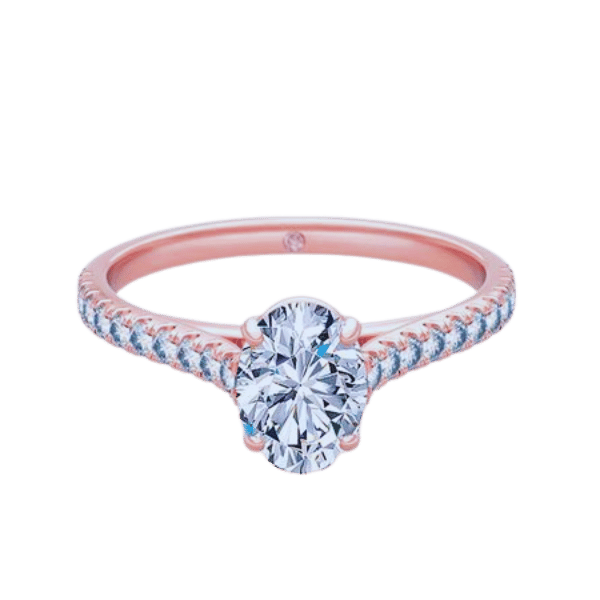Discovering the True Worth: How Much is a Diamond Chain?
The allure of diamonds has long preserved its place as a symbol of luxury, status, and sparkling class, which is why diamond chains continue to dominate the fine jewelry industry. However, to estimate a diamond chain’s worth goes far beyond embracing its shine. The quality of the diamonds partly determines their value, how the design is etched, the craftsmanship, and even the market trends. In this article, we unravel how diamond chains are appraised while equipping you with the pricing mechanics to analyze the carat weight, cut, and other key indicators to decide whether to purchase these jewelry pieces. If you want to make the purchase or are just intrigued, this comprehensive guide would help you sharpen the aimless explorations of the diamond chain valuation world.
What Factors Determine the Price of a Diamond Chain?

- Carat Weight: The total weight of diamonds greatly affects their pricing. Larger carats are priced qualitatively higher.
- Cut Quality: The sharpness and quality degree of the diamond cut will affect its shine and value.
- Clarity: A diamond with fewer internal flaws is generally more valuable.
- Color Grade: Diamonds with less color tend to be more expensive, given that they are more scarce.
- Metal Type: The base price also depends on the metal used on the chain, whether gold or platinum.
- Craftsmanship: The design and construction quality can add considerable value to the chain, especially those with diamond necklaces.
- Brand and Certification: The presence of a trusted brand and certification will likely increase the value of the diamond due to brand trust and guarantee of quality.
These features combined influence the total expense needed for a diamond chain, allowing customers to make educated decisions about finding the ideal diamond necklace.
Understanding Carat Weight and Its Impact on Value
Carat weight is a measure of a diamond's value, which relates to the weight of the diamond, with one carat equaling 0.2 grams. Undeniably, in today's market, as the carat weight of a diamond increases, its monetary value increases as well, often parabolically. This unequal increase is due to the increasing rarity of larger diamonds. Still, value is not determined solely by carat weight; other components, such as cut, clarity, and color, must also be considered. Purchasers also need to remember the aspect of visual prominence; some cuts maximize perceived size without increasing actual weight.
The Role of Diamond Clarity in Pricing
The clarity of diamonds profoundly impacts pricing because it evaluates the presence of internal inclusions or external blemishes. Higher clarity grades are associated with greater rarity and higher value, which indicates consumer demand for visually perfect stones.
How Diamond Type Affects Cost: Natural vs. Lab-Grown
| Parameter | Natural Diamonds | Lab-Grown Diamonds |
|---|---|---|
|
Cost |
High |
60-95% less |
|
Resale Value |
Retains some value |
Minimal to none |
|
Production Time |
Billions of years |
Weeks |
|
Environmental Impact |
High (mining effects) |
Lower (but energy-intensive) |
|
Market Demand |
Stable |
Increasing |
|
Supply |
Limited |
Abundant |
|
Appearance |
Identical to lab-grown |
Identical to natural |
|
Certification |
GIA, IGI |
IGI, GIA |
|
Durability |
Extremely durable |
Same as natural |
|
Price Trends |
Stable or rising |
Declining |
Exploring Different Types of Diamond Tennis Chains

Why Choose a Diamond Cuban Chain?
The diamond Cuban chain is known for striking a unique balance between style, durability, and versatility. Its interlocking pattern makes it bold and classy, suitable for casual and formal occasions. The chain's strength provides high durability and can easily withstand daily use. Moreover, its timeless design and the brilliance of high-quality diamonds make it a valuable investment that will always hold appeal for many years.
The Allure of the Tennis Necklace
The tennis necklace remains a favorite among jewelry lovers because of its sleek, balanced design, which exudes luxury and sophistication.
Deciding Between Gold and Platinum Settings
| Parameter | Gold | Platinum |
|---|---|---|
|
Color |
Multiple (yellow, rose) |
Silvery only |
|
Durability |
Scratch-resistant |
Prone to scratches |
|
Weight |
Lighter |
Heavier |
|
Cost |
Affordable |
Expensive |
|
Purity |
75% (18K gold) |
95% |
|
Hypoallergenic |
May cause allergies |
Hypoallergenic |
|
Maintenance |
Needs plating (white) |
Polishing only |
|
Rarity |
Common |
Rare |
What to Consider When Buying a Diamond Necklace?

Choosing the Right Chain Length
When choosing the chain length for a diamond necklace, personal style, the specific event, and the outfit need to be considered. The most common chain lengths are 16 to 24 inches. A 16-inch chain is more choker-style, while an 18-inch sits nicely on the neck, complementing most necklines. The longer lengths, like 20 to 24 inches, create a longer necklace, which looks good with high-neck clothing. Always ensure that the choice matches the size of one's neck and physique to look well-proportioned.
Evaluating Prong Set Designs
Prong set designs have graced the beauty of jewelry like rings and necklaces for years. A prong set is made using small metal claws called prongs, which hold gemstones in place while permitting maximum illumination to enter the stone for added brilliance. Some standard prong settings include four- and six-prong designs, featuring distinctive advantages. A four-prong setting captures a gemstone's surface area, making it appear larger, while a six-prong setting offers extra valuable security for daily wear.
Research in contemporary jewelry making highlights the choice of materials used for the prongs. Platinum and white gold are at the top of the list because of their resistance to bending over long periods. In addition, our research states that round and oval cut stones are particularly well-suited for prong settings because of their symmetry and ability to reflect light. While selecting a prong set design, factors like personal impression, everyday activities, and the type of gemstone used must be contemplated to ensure they will stand the test of time while maintaining effortlessly stunning harmony.
Importance of the Jeweler's Reputation
A jeweler's reputation as a vetted source greatly shapes his customers’ satisfaction and trust. It also ensures authenticity and quality, which are fundamental when dealing with prong set designs.
Is 14k Gold the Right Choice for You?

Comparing Yellow Gold, White Gold, and Rose Gold
|
Parameter |
Yellow Gold |
White Gold |
Rose Gold |
|---|---|---|---|
|
Color |
Warm yellow |
Silvery white |
Pinkish rose |
|
Durability |
Moderate |
High (rhodium) |
Highest |
|
Maintenance |
Polishing |
Rhodium coat |
Polishing |
|
Style |
Classic |
Modern |
Romantic |
|
Skin Tone |
Warm/Neutral |
Cool/Neutral |
All |
|
Alloy |
Silver, Copper |
Palladium, Rh. |
Copper, Silver |
|
Cost |
Affordable |
Higher |
Moderate |
|
Popularity |
Traditional |
Contemporary |
Trendy |
|
Best Use |
Everyday wear |
Formal wear |
Vintage looks |
Benefits of 14k Yellow Gold and White Gold
| Parameter | 14k Yellow Gold | 14k White Gold |
|---|---|---|
|
Durability |
Scratch-resistant |
More scratch-resistant |
|
Affordability |
Cost-effective |
Cost-effective |
|
Aesthetic |
Warm, classic look |
Sleek, modern look |
|
Maintenance |
Regular polishing needed |
Rhodium plating needed |
|
Skin Tone |
Suits warm tones |
Suits cool tones |
|
Versatility |
Vintage, traditional |
Contemporary, versatile |
|
Diamond Match |
Matches lower grades |
Enhances diamond size |
|
Hypoallergenic |
Yes |
Not always (nickel mix) |
The Luxury of 18k Gold Options
When purchasing 18k gold, one must consider its exceptional combination of allure, value, and durability. Measuring 75% pure gold and 25% alloy metals, 18k gold is the most practical among all precious metals because of its luxurious appeal and rugged endurance. The warm and rich tone of 18K complements many jewelry pieces, thus adding punctuation to both modern and classical ensembles. In addition to that, 18K is far more appealing and safer for sensitive individuals since it is hypoallergenic. Immense value can still be obtained despite occasional maintenance, such as polishing or plating, due to its timeless beauty and unrivaled quality.
How Can I Assess the Value of a Diamond Chain?

Getting a Fair Diamond Price Estimate
To quantify a diamond chain's worth accurately, one should review the following parameters:
- Diamond Quality: Evaluate the chain employing the 4 Cs—carat weight, cut, color, and clarity. These traits have a sizable effect on the worth of diamonds mounted on the chain.
- Metal Type: To evaluate the chain's worth, appraise its base metal, whether gold, platinum, or another metal.
- Certification: Look for diamonds graded by authoritative bodies like GIA or IGI. Such bodies guarantee that their grading is precise, enriching the credibility of the valuation attached to the chain.
- Market Research: Check trustworthy online sites or take the market price for comparable diamond chains offered by reputable jewelers.
- Appraisal Services: A professional jeweler or diamond appraiser should be consulted for their expert evaluation. Their estimate is likely to be the most accurate and objective.
Professional Jewelry Collection Appraisal
An appraisal for a jewelry collection is performed by a certified appraiser, in which the value of the whole collection and its pieces, including those made of 10k gold, is assessed. He or she evaluates the quality and value of materials, workmanship, design, and trades. When choosing an appraiser, ensure he or she has a Gemological Institute of America (GIA) or National Association of Jewelry Appraisers (NAJA) certification. That way, the results will be credible and reliable. Changing conditions in the market render some appraisal documents obsolete; therefore, regular updates are necessary, especially when it comes to insurance or resale.
Understanding the Diamond Industry Standards
Maintaining diamonds' quality, authenticity, and value requires adherence to industry standards. One of the most widely known frameworks is the “4 Cs” system, which assesses diamonds according to their carat weight, cut, color, and clarity. This grading system created by the Gemological Institute of America (GIA) offers a standardized basis for evaluating diamonds. Equally important is the standard of ethical sourcing, reinforced by programs such as the Kimberley Process, which aims to curb the trade of conflict diamonds. These criteria foster greater information flow, uniformity, and confidence within the diamond industry.
Frequently Asked Questions (FAQs)
Q: What factors influence the price of a diamond chain?
A: The price of a diamond chain, particularly one featuring a carat diamond, is determined by many factors, including the gemstone's carat weight, cut, clarity, and color. Other considerations include the type of metal used, such as 10k white gold or 10k yellow gold, and if the diamonds are natural or lab-grown. Price variations also depend on the jeweler and brand, with options like chains from Icecartel offering differing pricing.
Q: How do natural diamonds differ from lab-grown diamonds in chains from Icecartel?
A: Natural diamonds take billions of years to form under the earth, while lab-grown diamonds come from a laboratory. The two possess the same physical and chemical characteristics, but lab-grown diamonds are cheaper. Chains from Icecartel could have either one, where the price difference is the source of the diamonds in the necklace.
Q: How does the metal type affect the diamond chain necklace value?
A: The value of a diamond chain necklace is significantly determined by the type of metal used in crafting it. For instance, necklaces composed of 14k white gold or gold and platinum are often more valuable than those made of 10k yellow gold or sterling silver. Further, the choice of metal affects beauty and resistance to wear.
Q: What should I consider when purchasing a luxurious diamond tennis necklace?
A: When buying an expensive diamond tennis necklace, check the total carat weight of the stones, the type of stones, whether natural or synthetic, and the mounting metal, which should ideally be 14k white gold. Also, check the chain specifications, such as the inch length and mm size of diamonds, to ensure it aligns with your style and comfort.
Q: Are men’s diamond chains different from women’s?
A: Men's diamond chains are usually bulky and larger than women’s, whereas women’s chains are more delicate in design and size. The design of men’s chains is generally more ostentatious, with larger and thicker diamond pendants or links used. Despite this, men’s and women’s diamond chains can be designed according to their preferences.
Q: Why is the diamond size in millimeters crucial in a diamond chain?
A: The diamond size in mm signifies the individual diamond's measurement in the chain. This measurement contributes to the chain’s overall appeal, as larger mm diamonds produce a more eye-catching and striking look. It also determines the value of a diamond necklace since larger stones typically demand a higher price.
Q: What are the best features of a genuine diamond?
A: A purchase made from stores offering real certification for lab diamonds. It includes natural diamonds, ensuring that you acquire real diamonds. The certificate must encompass the specifics of the cut diamonds, clarity, carat weight, and any treatments performed, among others. Moreover, a guide regarding the price of chains should be requested to validate pricing for comparable products.
Q: How does the chain's measurement affect the overall look of a diamond chain necklace?
A: Chain measures like length (inches) and diamond size (mm) affect a diamond chain necklace’s overall appearance and fit. A longer or more substantial chain will definitely create a more dramatic effect; conversely, shorter chains project a subtle and elegant profile.
Q: Which features are most important for a diamond pendant on a chain?
A: When selecting a diamond pendant, consider the diamond's quality (for example, clarity and carat weight), the setting type (solitaire necklace), and the type of metal, like 10k white gold versus 14k white gold. The pendant's design should match the chain while elevating the aesthetics of the diamond jewelry.
Reference Sources
1. The diamond supply chain – This paper analyzes the supply chain for diamonds, paying special attention to the industry's pricing structure.
2. Applicability of the high-performance organization framework in the diamond industry value chain – This article analyzes the value chain in the diamond industry alongside pricing mechanism determinants.
3. Perspectives on the diamond industry – This McKinsey white paper comprehensively analyzes the diamond industry’s value chain, focusing on market evolution.
4. Diamond
Contact Luxury Evermore should you need help with acquiring or building up your collection. There is a variety of brands with different styles, as well as sizes, and colors, for example, Hermes, Chanel, lv and Dior. If you are not lucky enough to find the bag you are looking for on our website then our concierge team will probably be able to order it for you. We provide a 100% authenticity guarantee for all our bags, and any item sold on this site will be dispatched to you within one to two business days upon receipt of payment.




